“Being normal is vastly overrated,” declared grandma Aggie Cromwell inHalloweentown(1998). Certainly, life has so much to offer: things curious, magical, mysterious and strange. Weird antiques and vintage objects especially are so interesting to us because they’re unfamiliar. What back then perhaps was the norm, today seems peculiar and spooky.
More info:Instagram|Facebook|X|Album|MonsieurPompier.com|Donate
This post may includeaffiliate links.
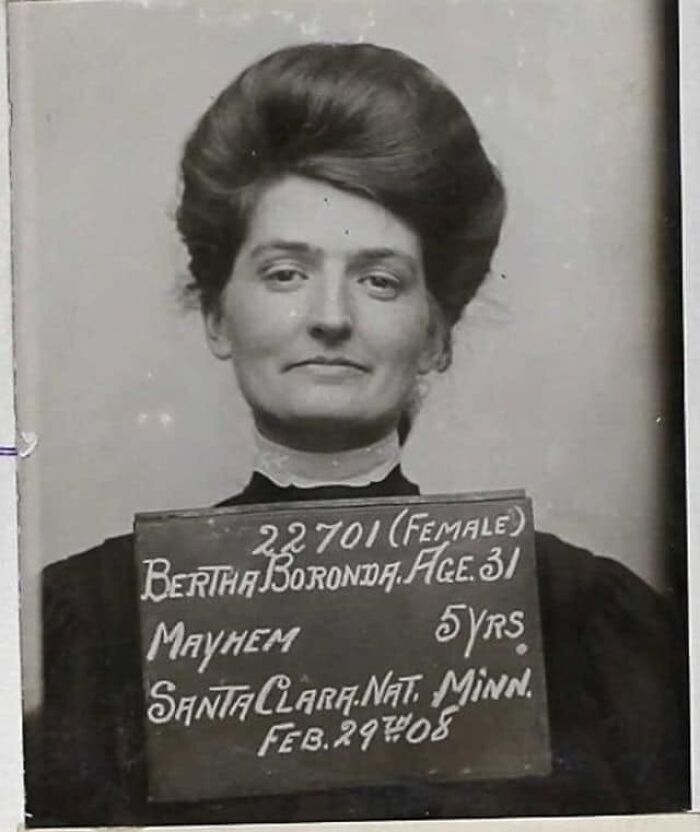
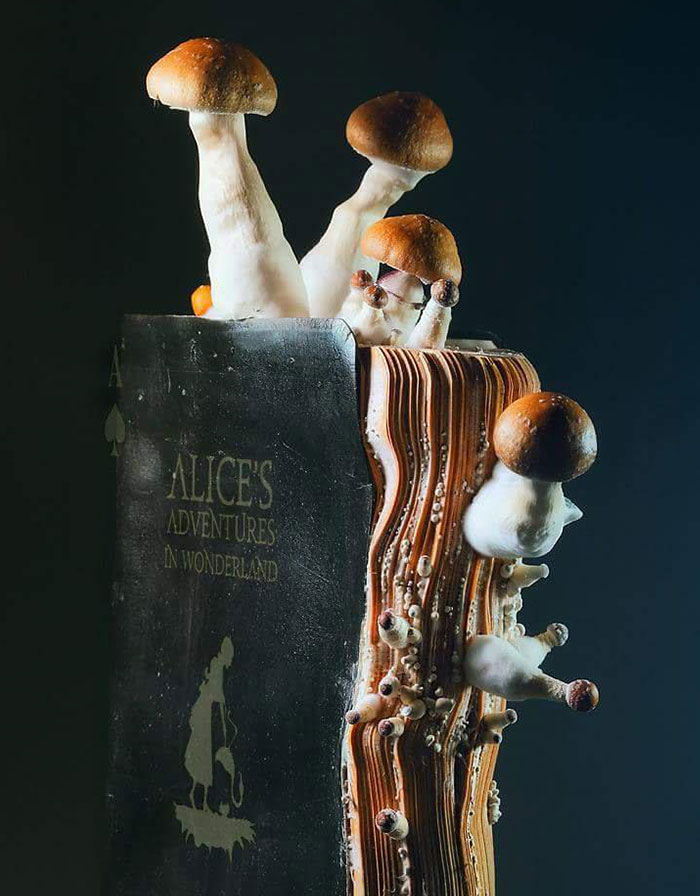
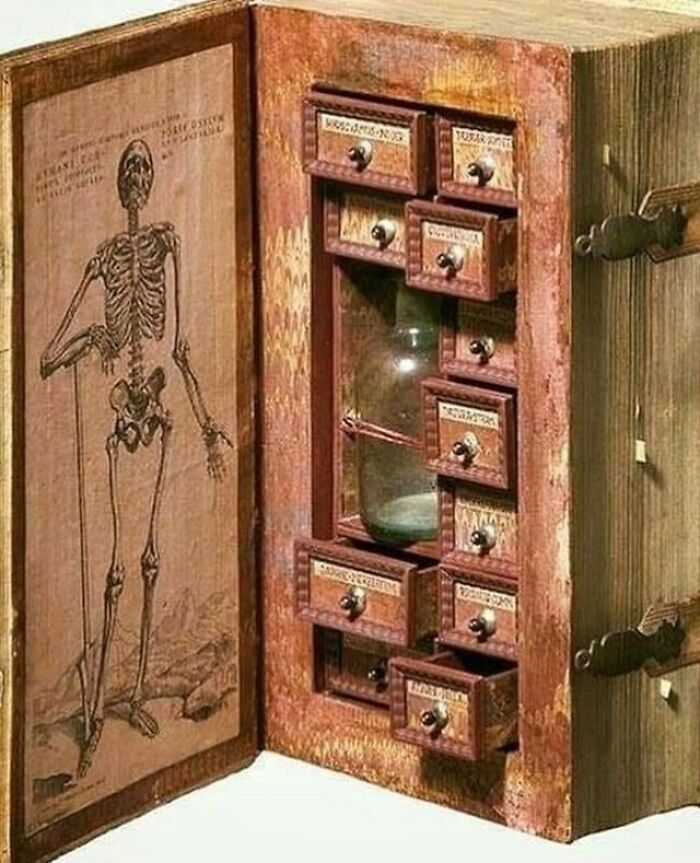
Paul saidin 2022 that he drew inspiration from Dr. Chelsea Nichols’The Museum of Ridiculously Interesting ThingsandThe Viktor Wynd Museum of Curiosities, Fine Art And National Historyin London. These museums are not the only ones of their kind. Whether physical or virtual, many similar places exist in many parts of the world, like the museum of curiosities in San Marino. Some of them are evenmobile!
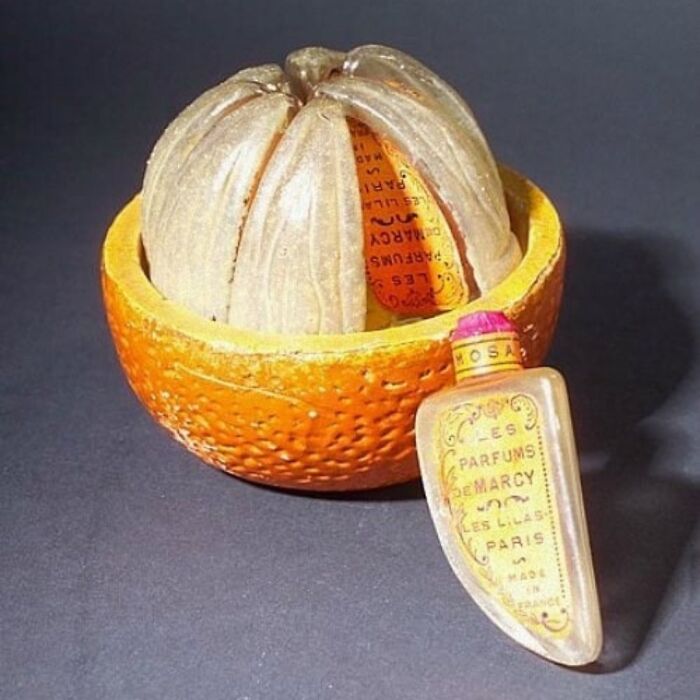
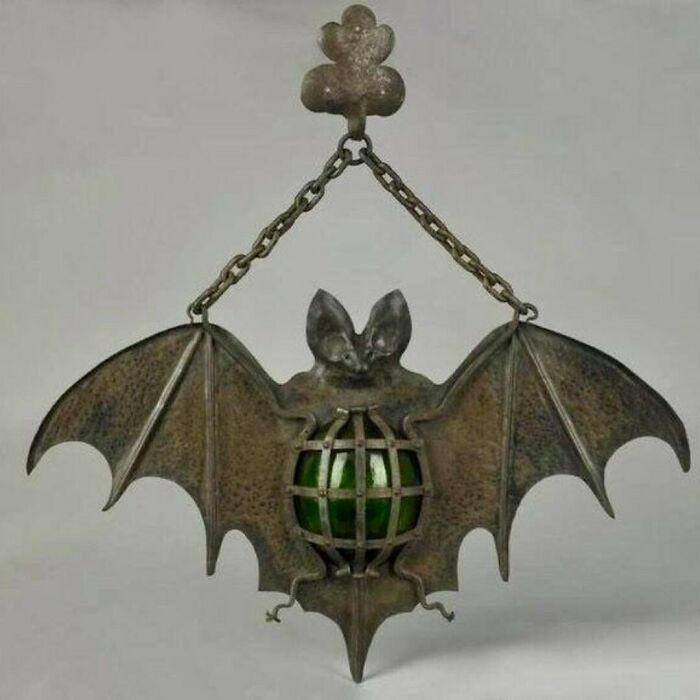
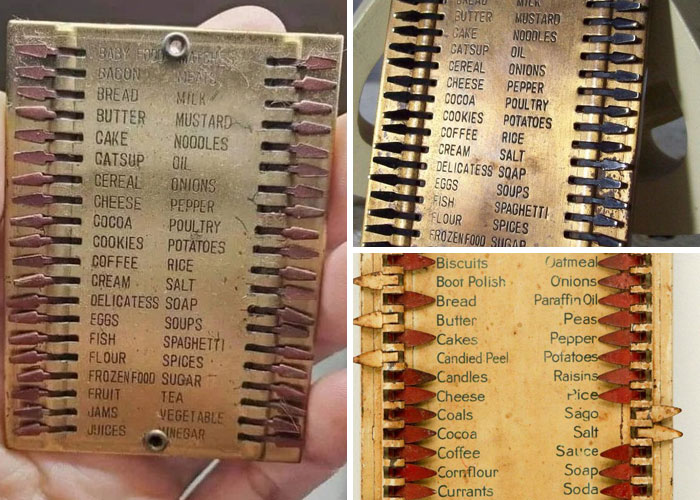
The museum is still accepting donations from anyone that wants to help make the physical Monsieur Pompier’s Museum of Curiosities a reality. “You can donate whatever you like – be that money or your own curiosities which you’d like to see featured in the museum!” Paul told us in June.
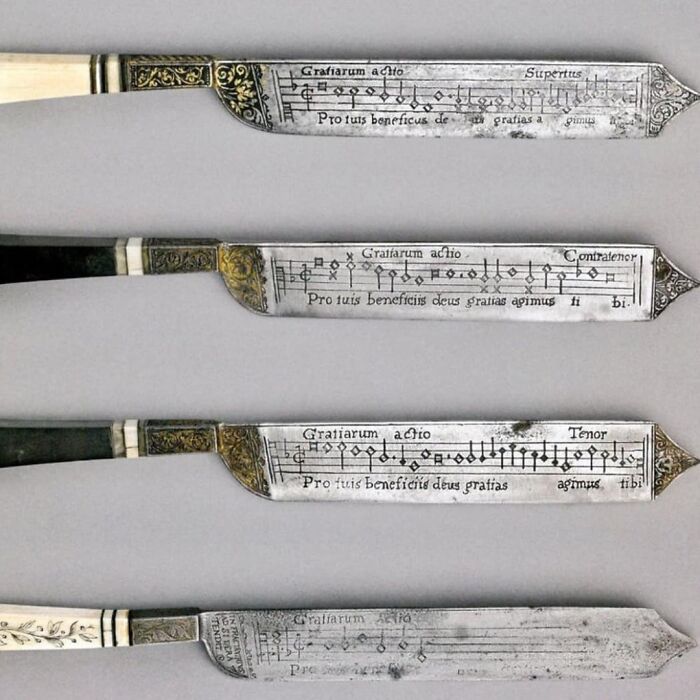
They used a mirror so people could see their reflection and also added bars to represent a cage.
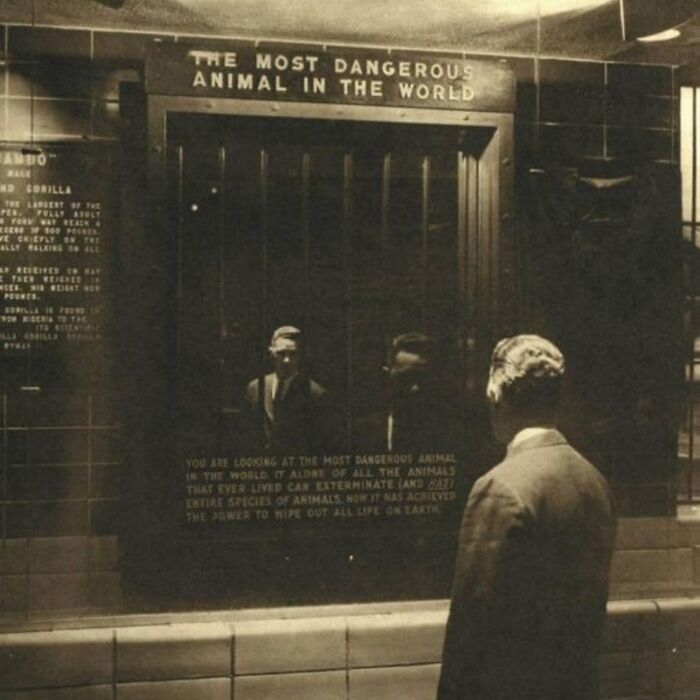
Ann lived on the island of Skokholm, where her family were the only inhabitants and animals were pals. This photo was taken for a 1938 National Geographic story ‘We Live Alone and Like It — On An Island’
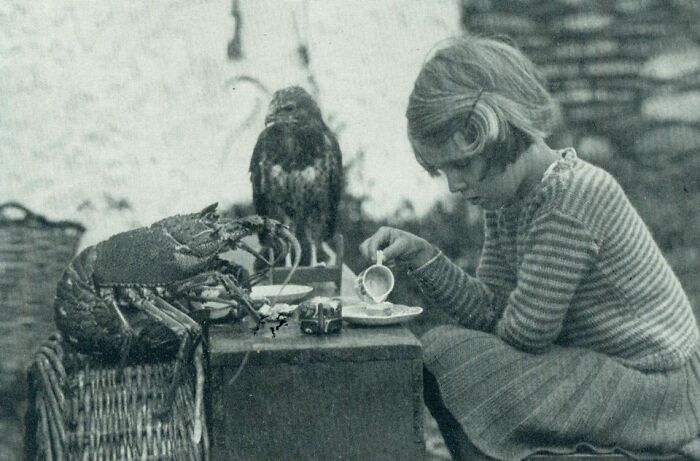
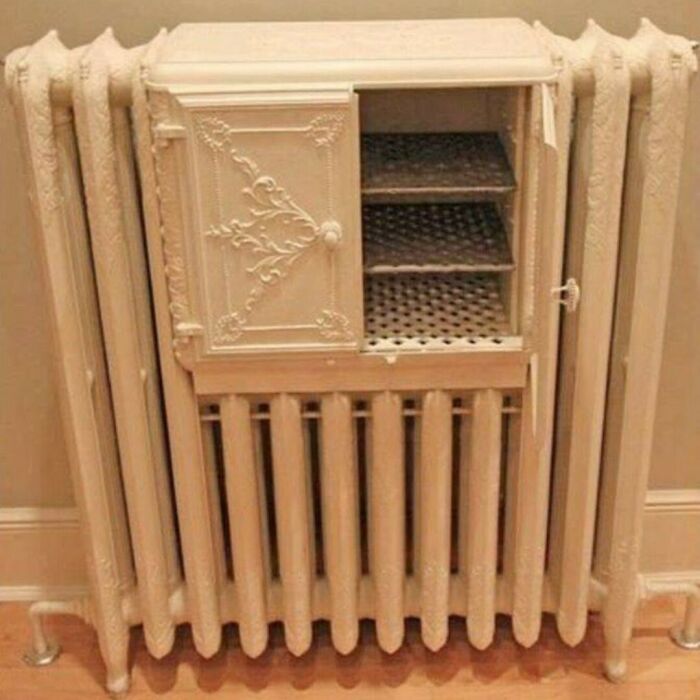
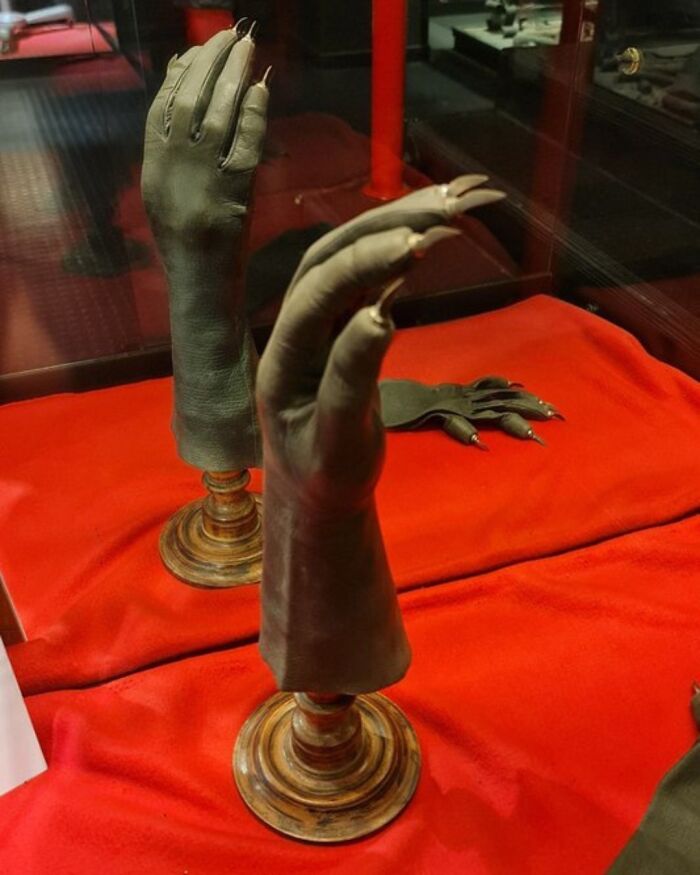
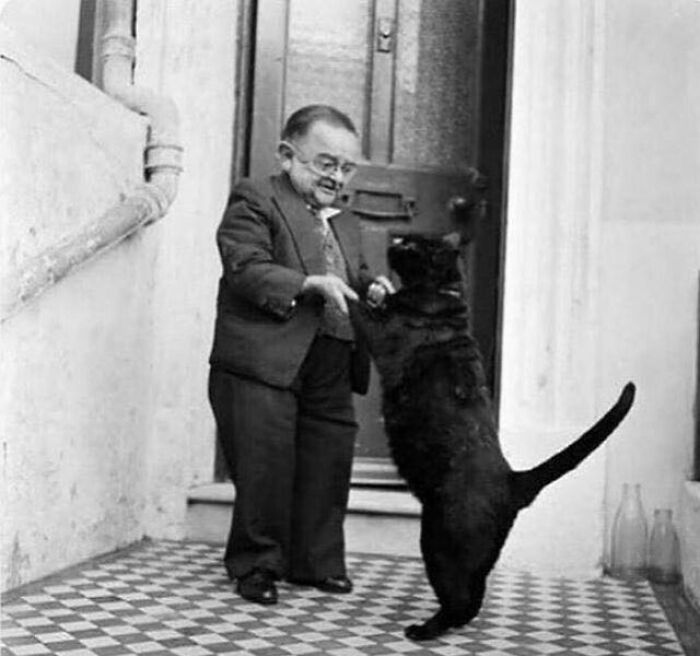
The performances also feature a group of characters whose names correspond to the song titles on the band’s album. There’s Banana Boy, Guts The Cat, Willy The Wet Pocket, Sally Shortcake and many more. “On stage, I attempt to sing my ridiculous songs whilst the ‘freaks’ interact with me or the audience as they interpret and act out the story of their individual songs,” Paul told us back in 2022.
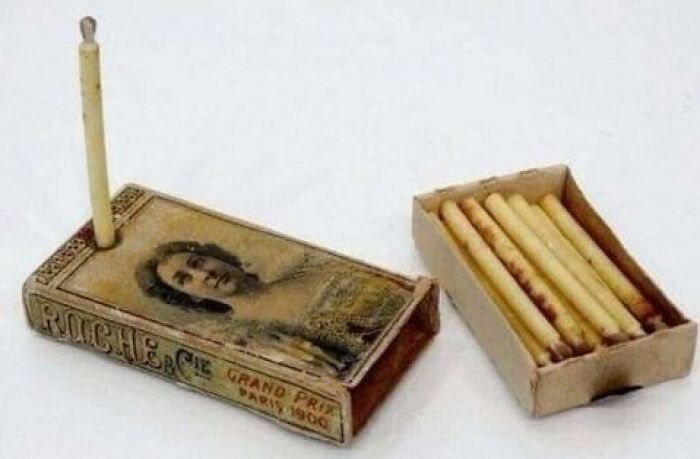
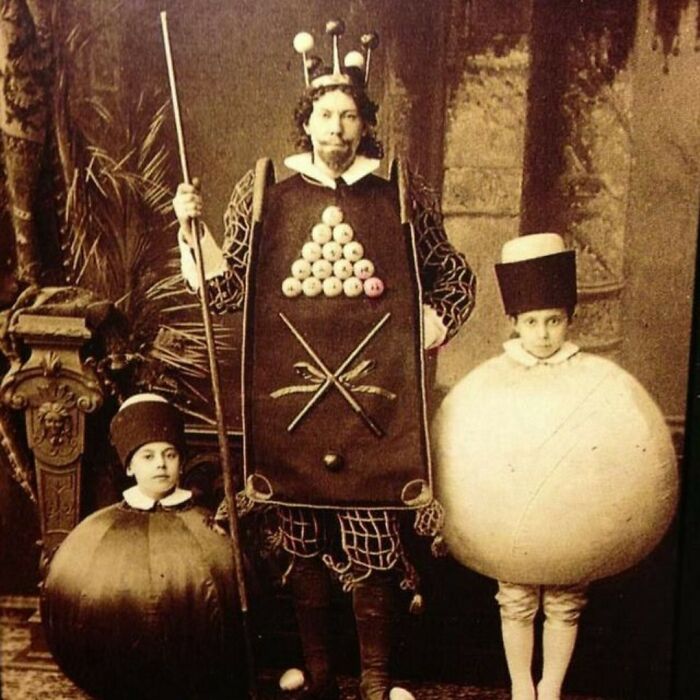
She was born with a severe congenital deformity of conjoined twining that caused her to have two separate pelvises and a smaller set of inner legs that she was able to move.
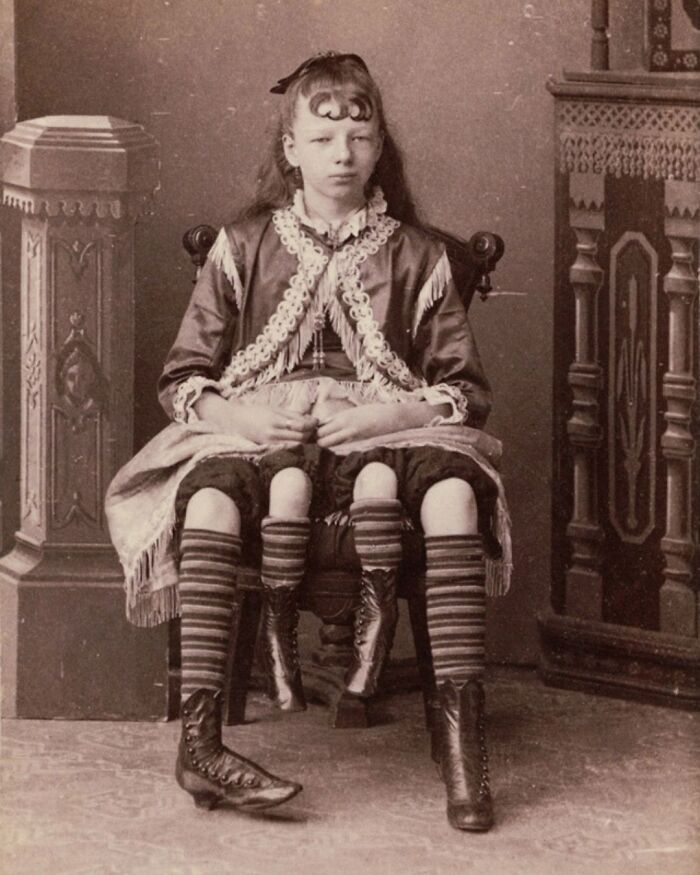
Museums of Curiosities are the successors of the pre-modern version of museums – cabinets of curiosities, or Wunderkammer. As Antonis Chaliakopoulos writes forThe Collector, what in 17th century Europe was a way to entertain guests at home after dinner, throughout the years has evolved into the modern museum.
It came from the Hospital del Ceppo in Pistoia, near Florence, founded in 1277
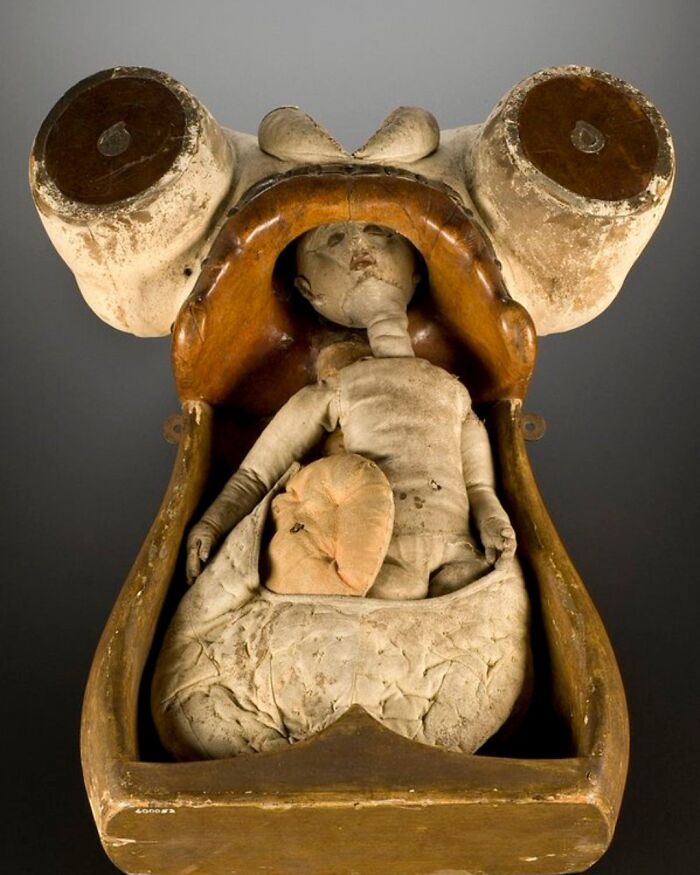
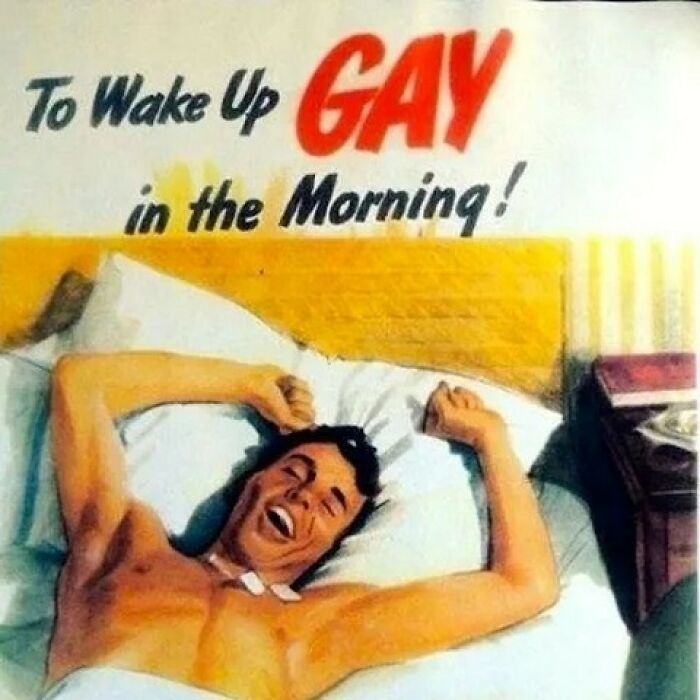
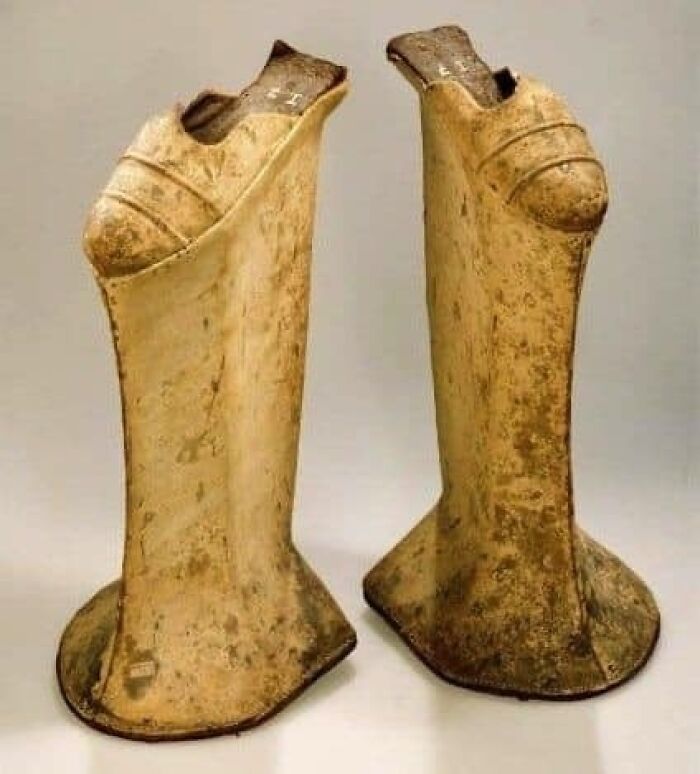
A cabinet of curiosities most often included rare antiquities and exotic natural specimens. What makes them different from what we now know as museums was the selection process. Museums today do it on a scientific basis, and back then these private collections were based on an individual’s preferred taste. The most important quality of a curiosity was considered its rarity, and the end goal was to wow your guests.
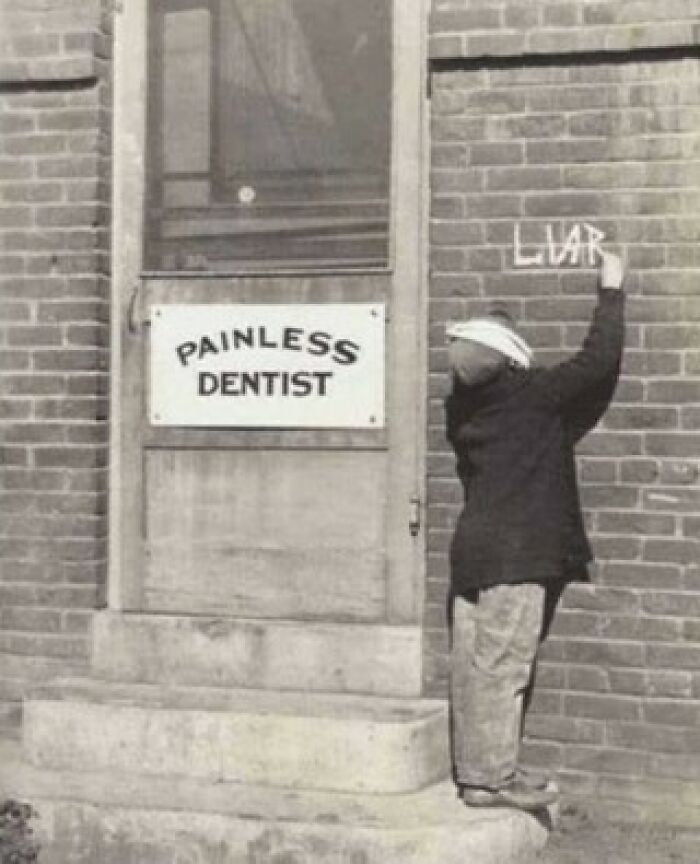
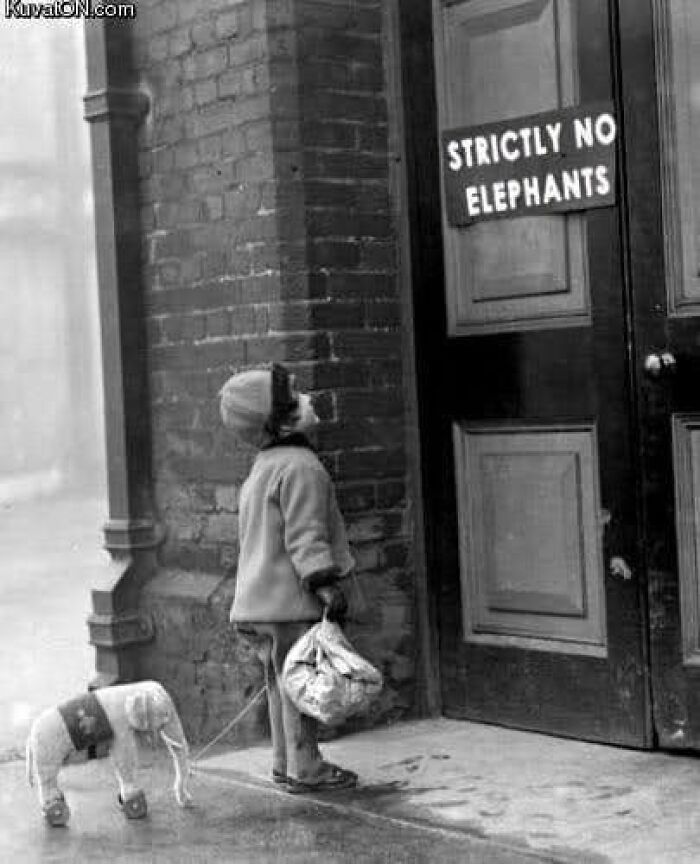
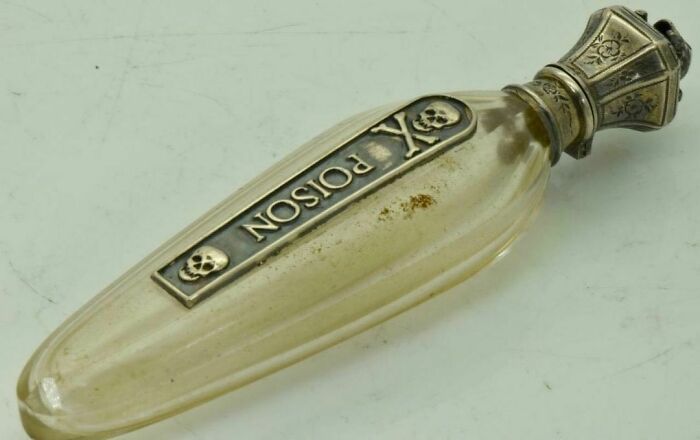
What was featured inside such a cabinet of curiosities? That depended on the location of the collector: one in London would have different treasures in his cabinet than another in Amsterdam. The biggest two categories that are now identified are man-made artifacts (artificialia) and natural specimens (naturalia).
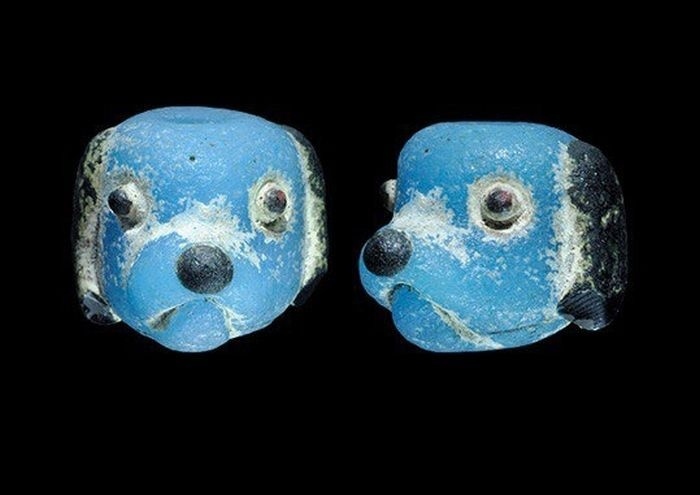
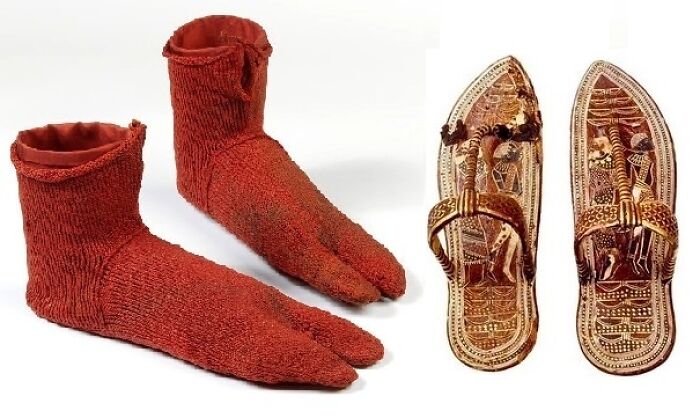
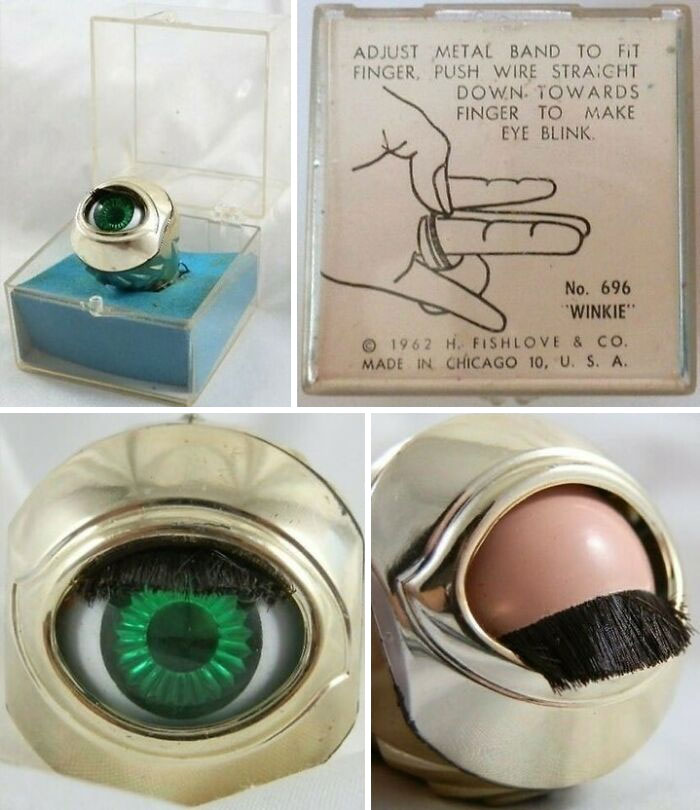
The names are more or less self-explanatory, but examples ofnaturaliawould include animals, plants, and minerals. Carcasses of beasts and other weird-looking creatures were considered the most exotic items. However, collectors used to merge different animals together to create the most interesting mythical beasts. That’s why the line betweennaturaliaandartificialiasometimes would get blurred and the classification depended on the collector’s individual decision.

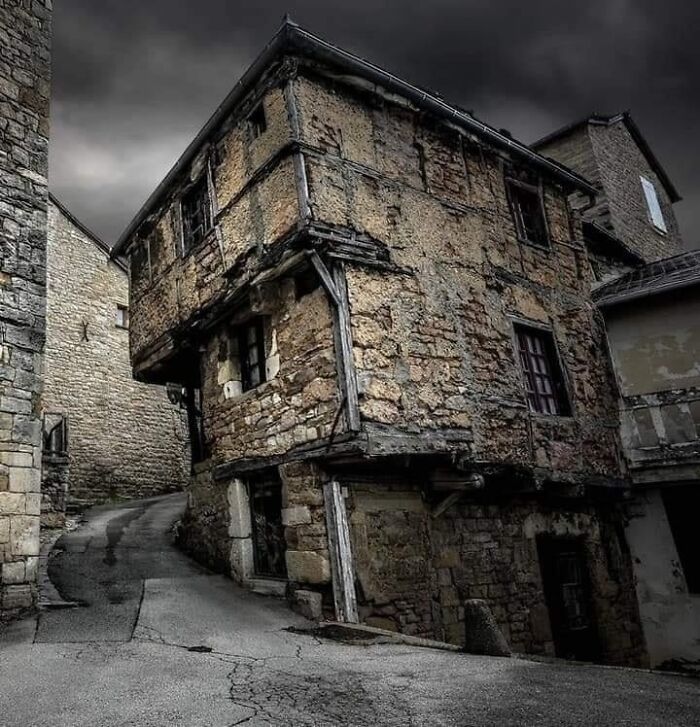
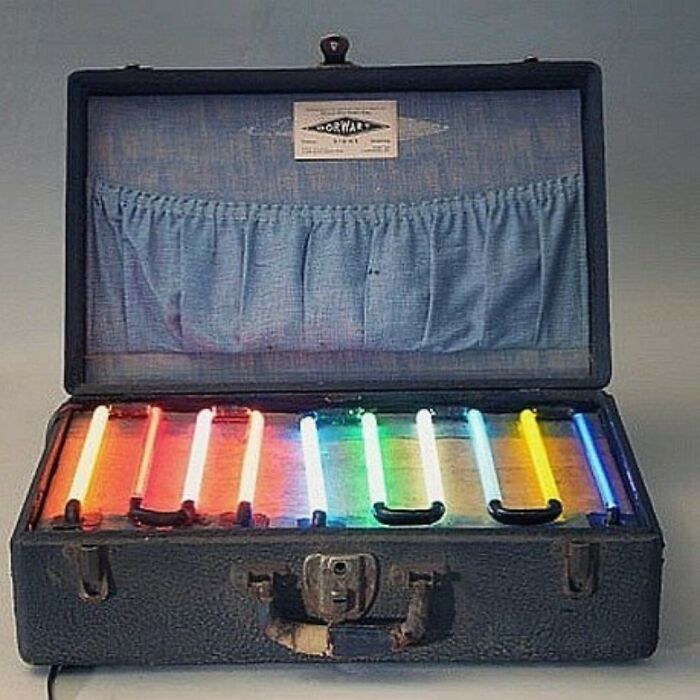
Examples ofartificialiaincluded cultural artifacts, antiquities and artworks. The most popular, however, were scientific instruments. The reason is that sciences, such as medicine and astronomy, weren’t exactly popular back then. Instruments that were used to measure space and time were seen as almost magical and as proof of man’s domination over nature.
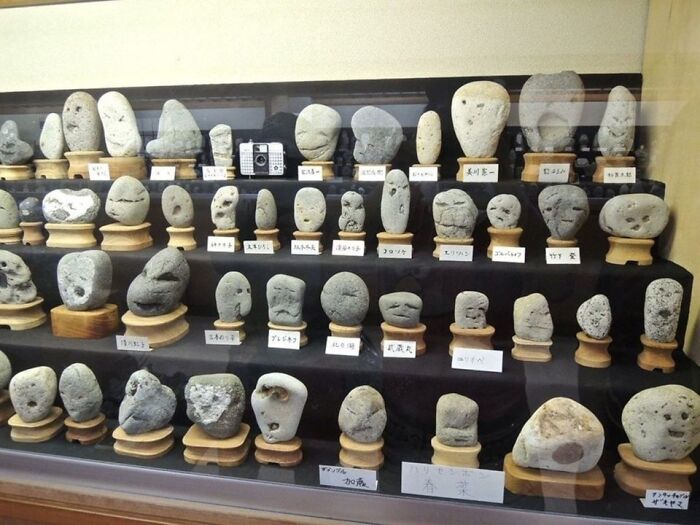
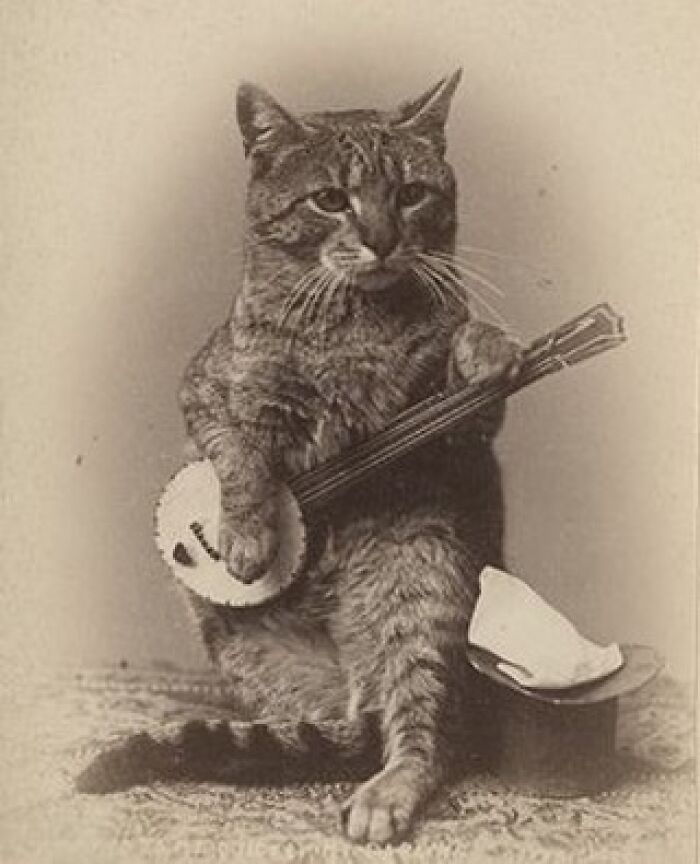
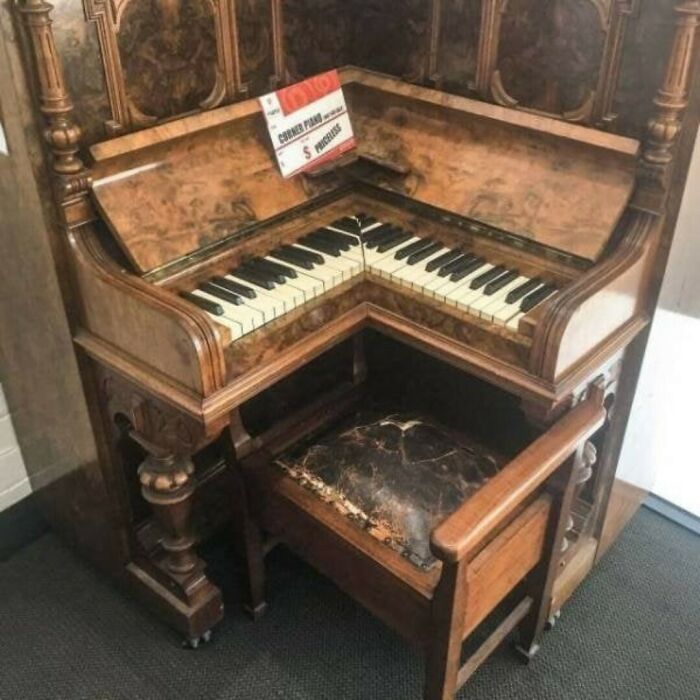
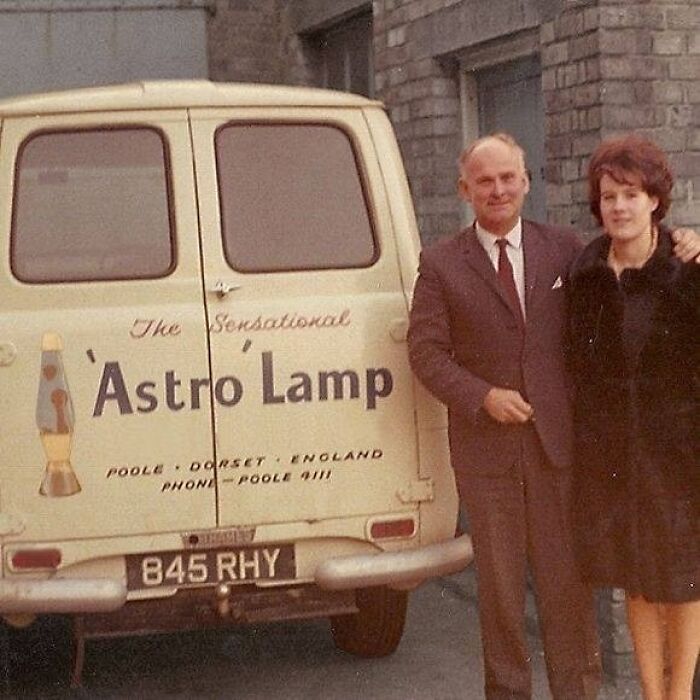
It was used for teaching midwifery. Madame Du Coudray spent 25 years travelling the towns and cities of France, teaching her methods and selling her mannequins

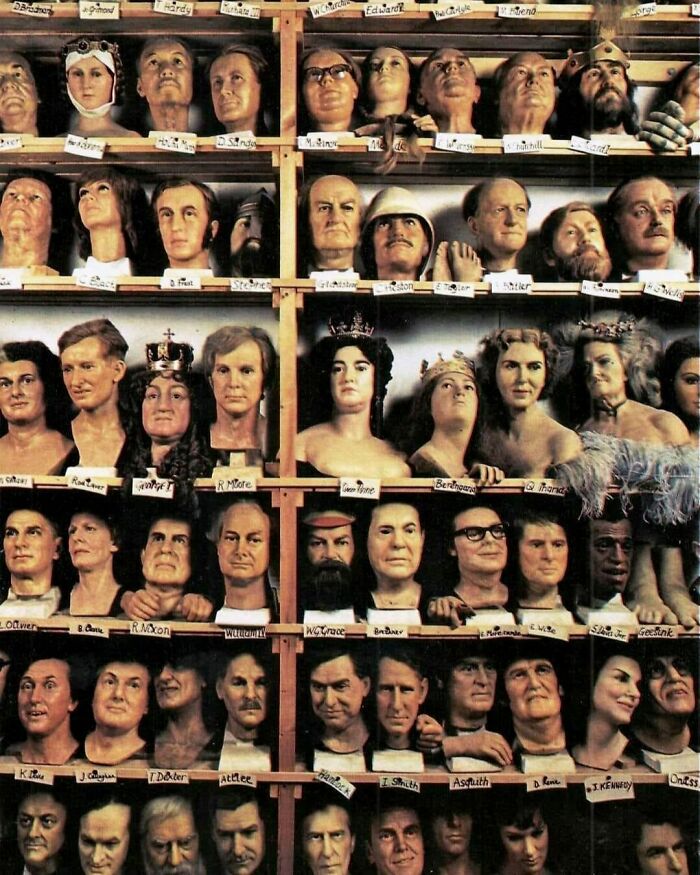
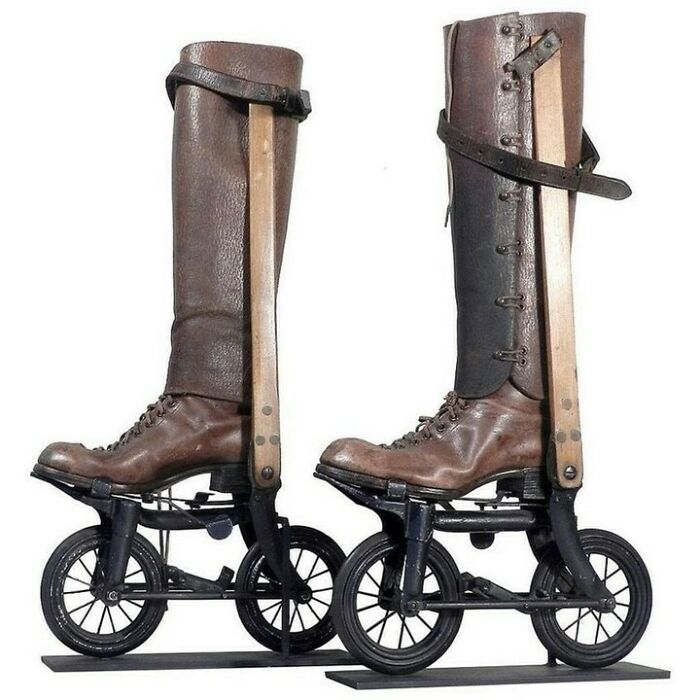
They earned about six pence a week using a pea shooter to shoot dried peas at the windows of sleeping workers in East London, 1930s
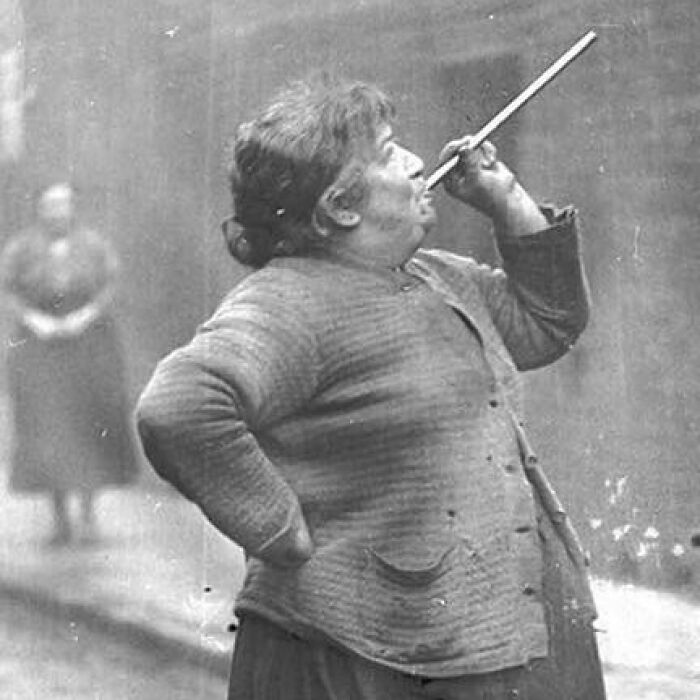
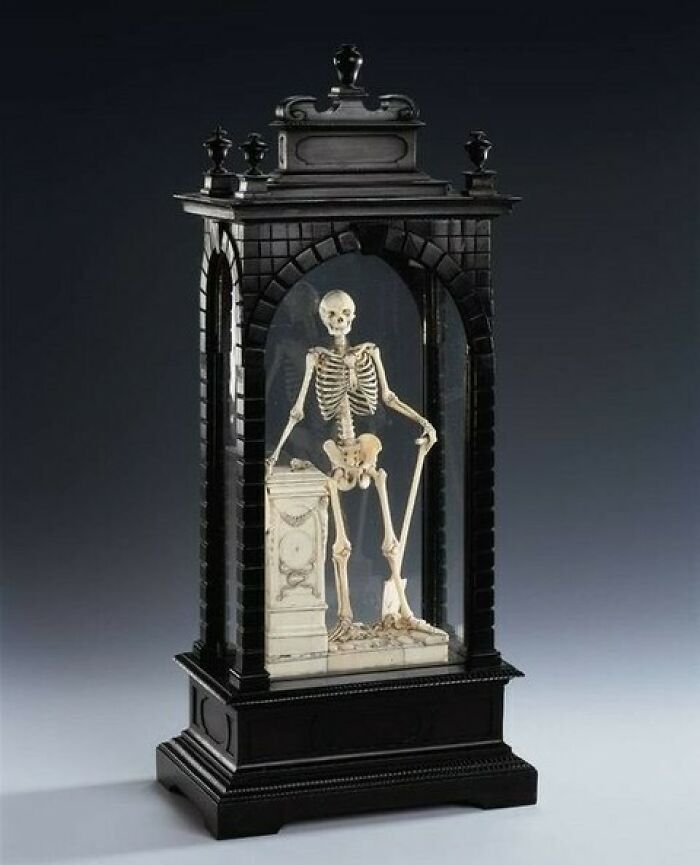

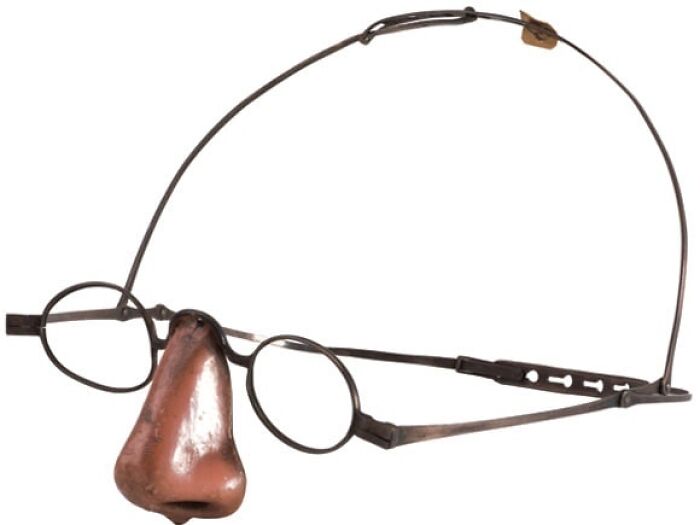
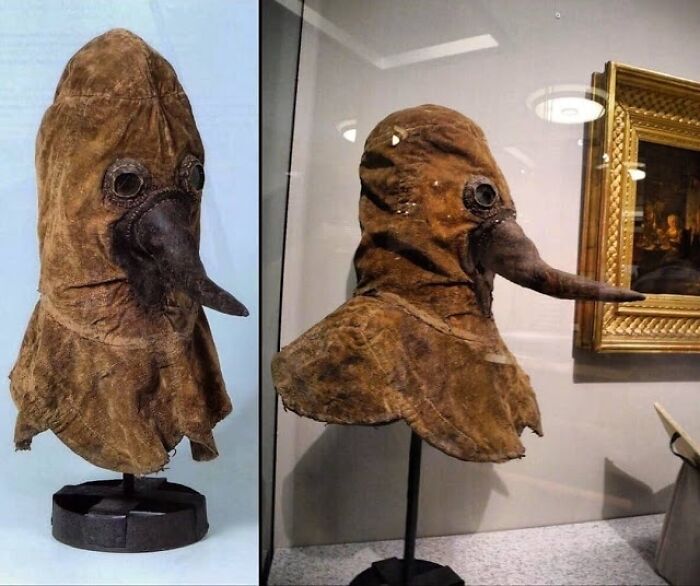
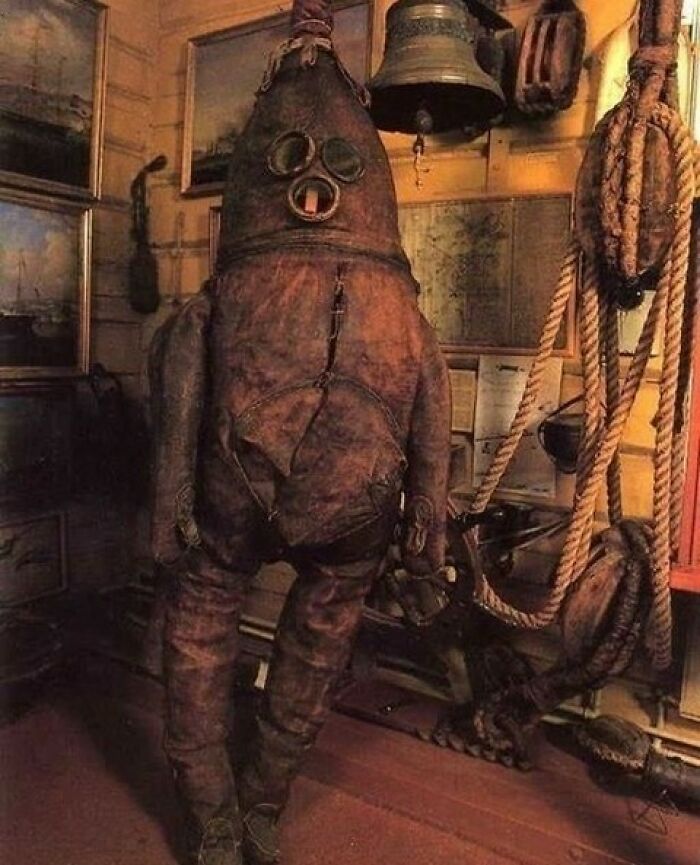
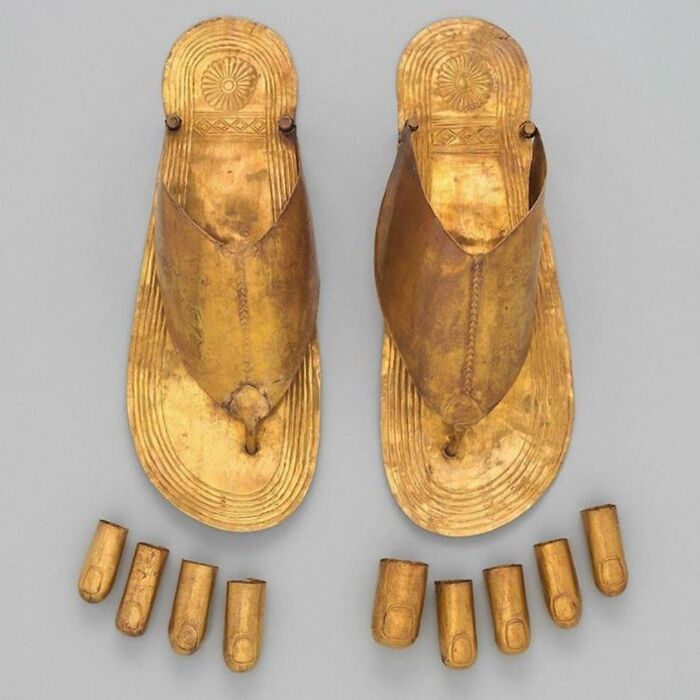
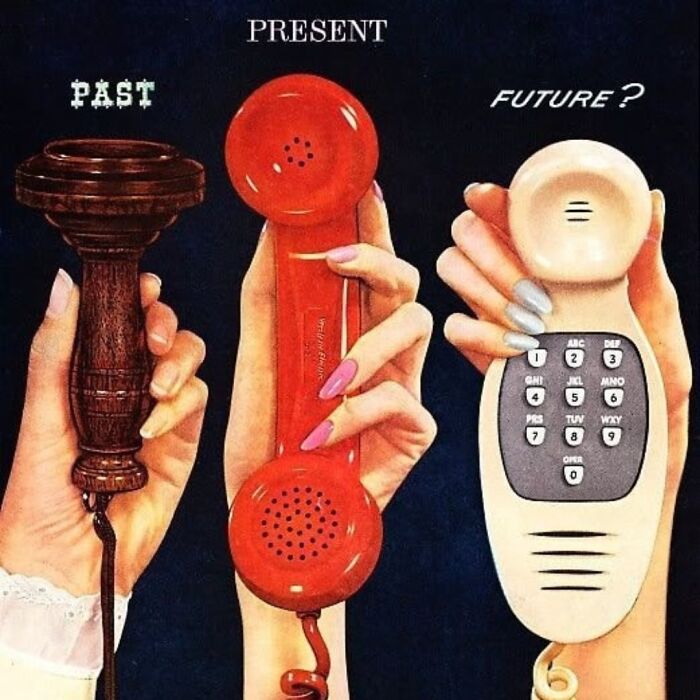
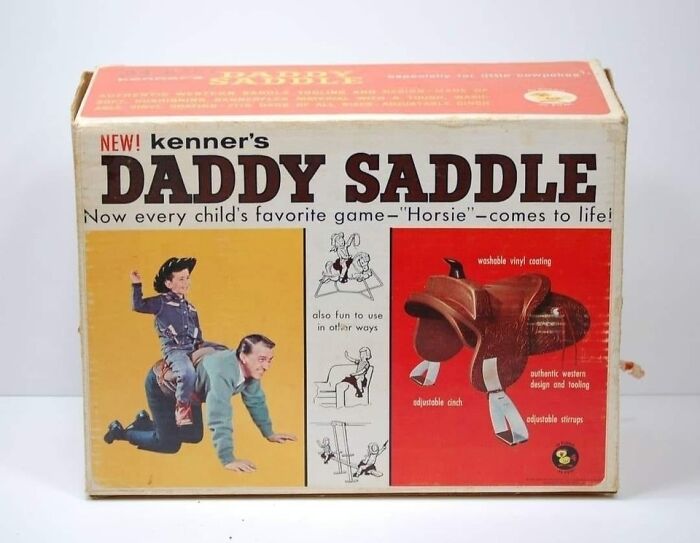
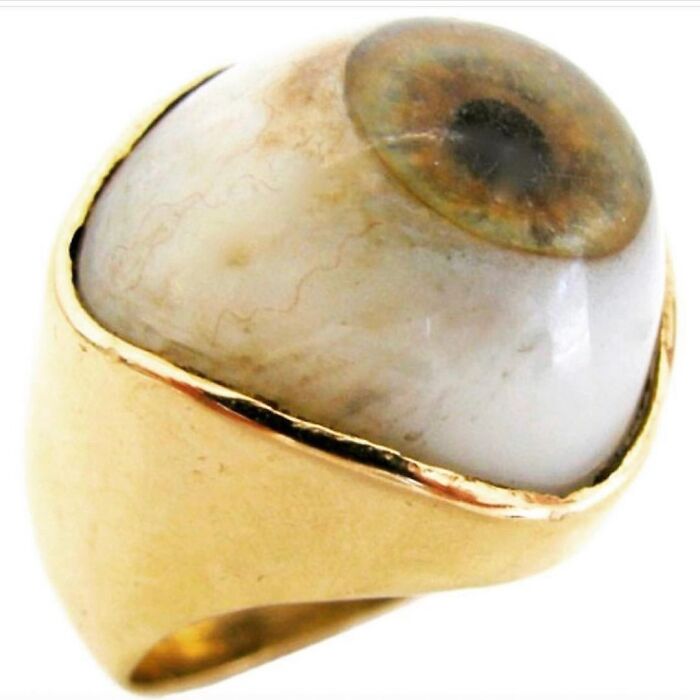
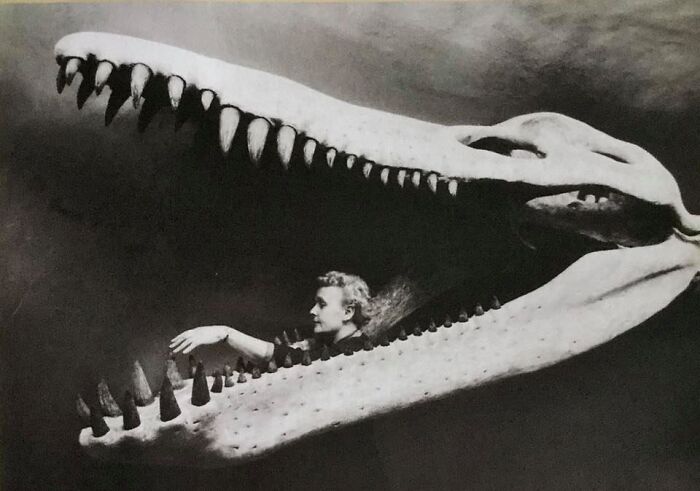
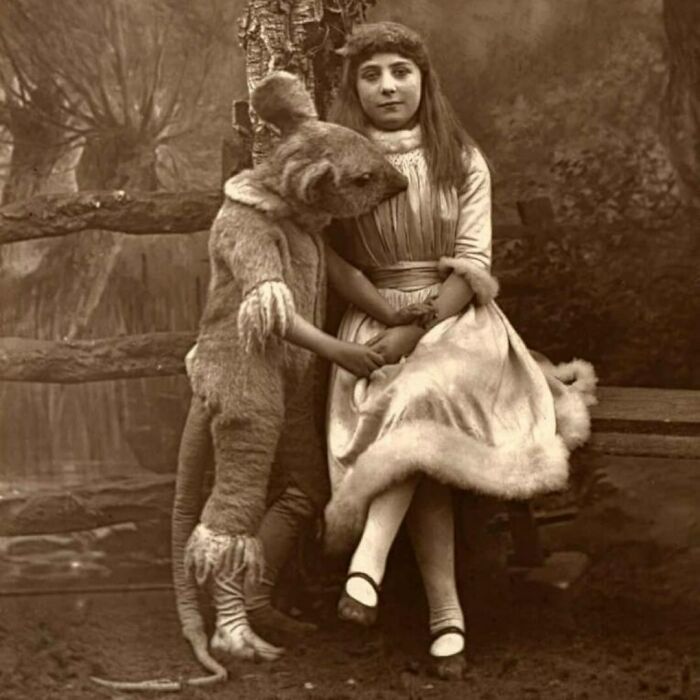
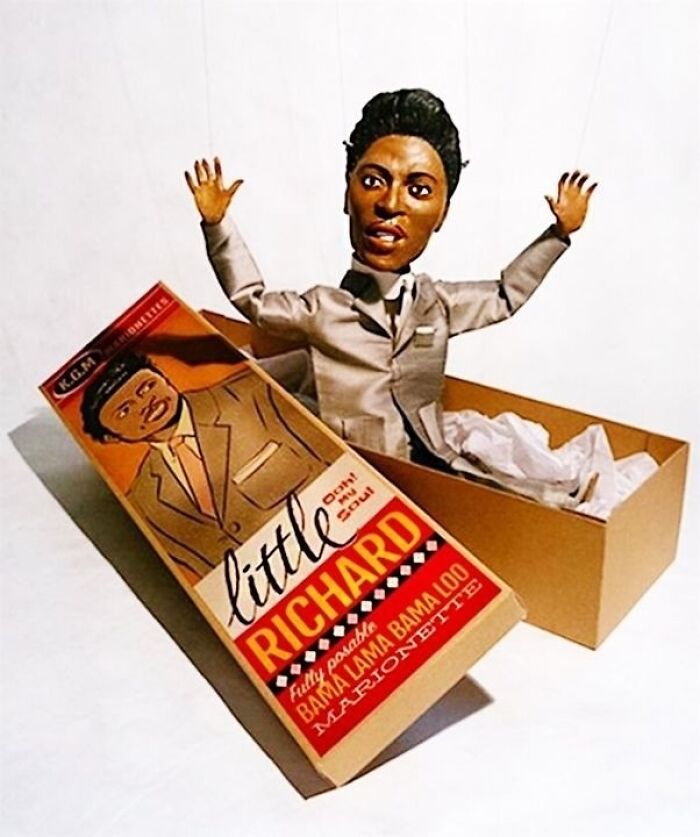
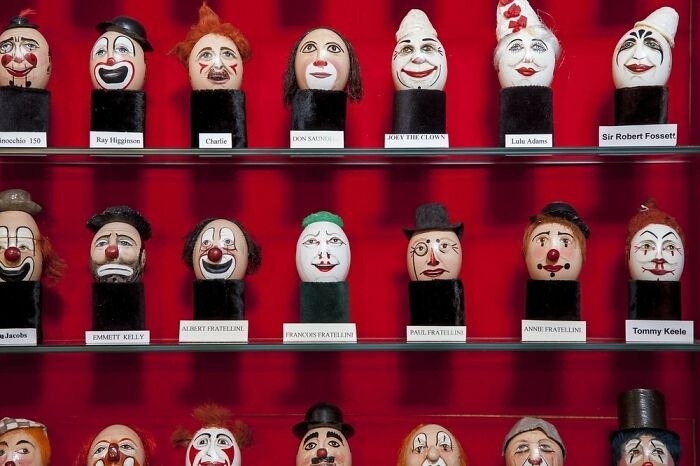
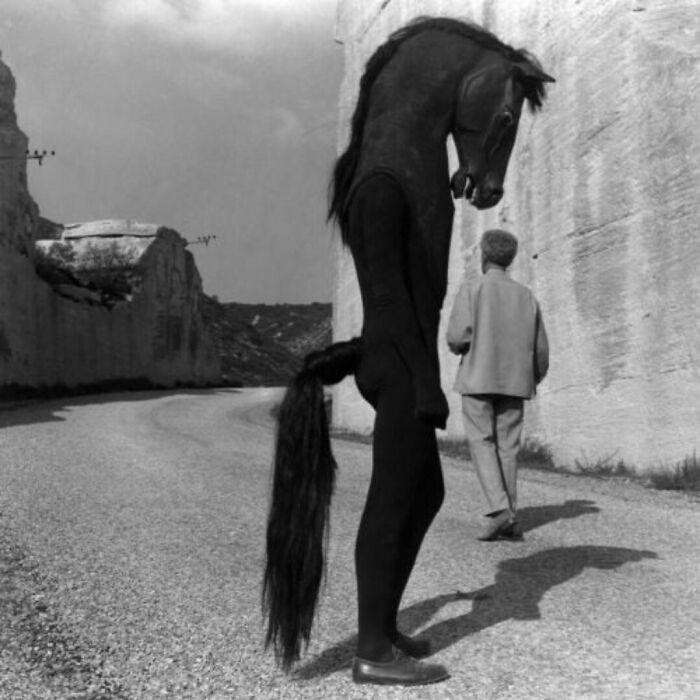
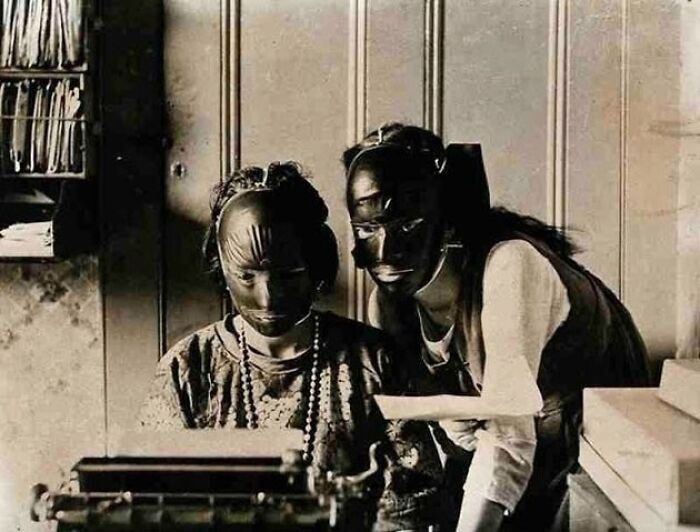
Continue reading with Bored Panda PremiumUnlimited contentAd-free browsingDark modeSubscribe nowAlready a subscriber?Sign In
Continue reading with Bored Panda Premium
Unlimited contentAd-free browsingDark mode
Unlimited content
Ad-free browsing
Dark mode
Subscribe nowAlready a subscriber?Sign In
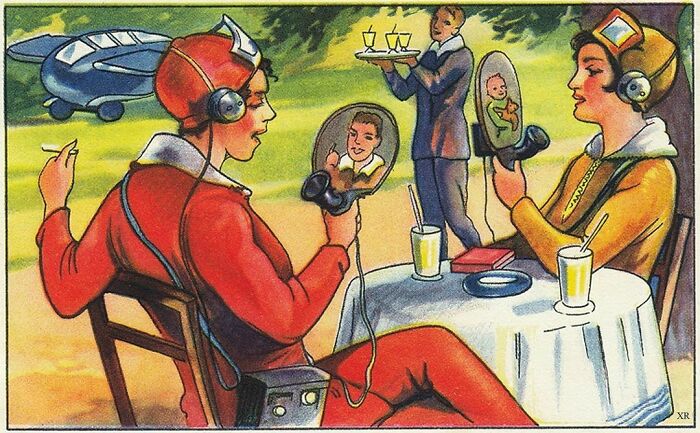

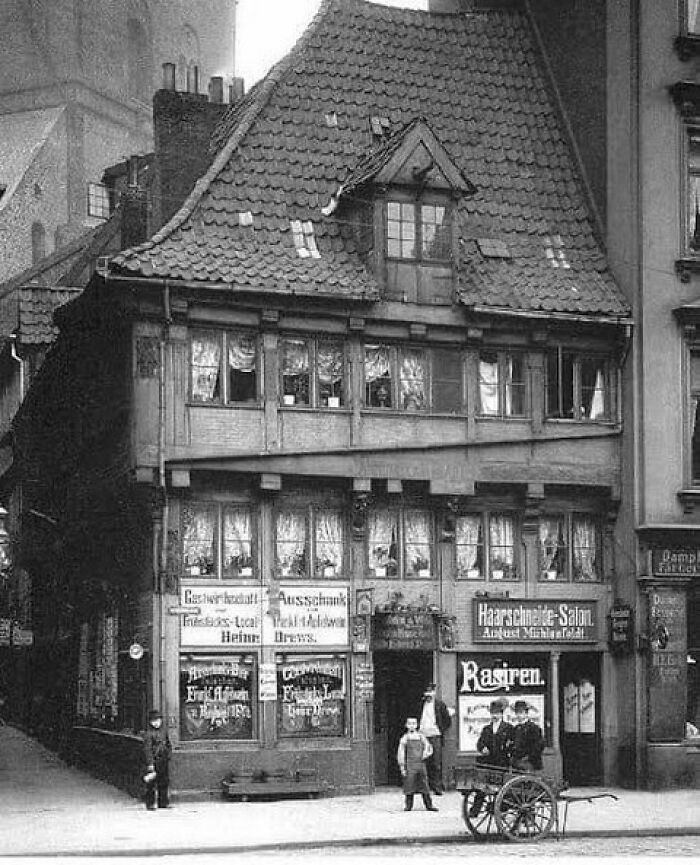
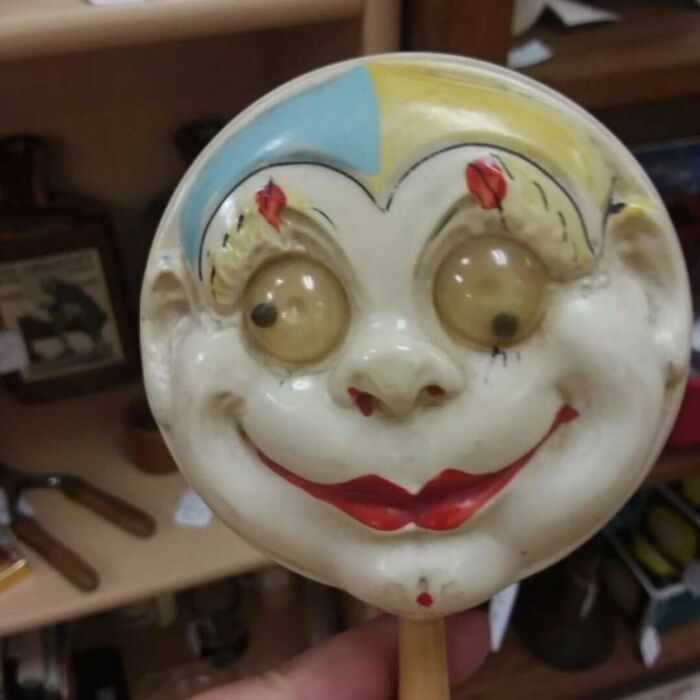
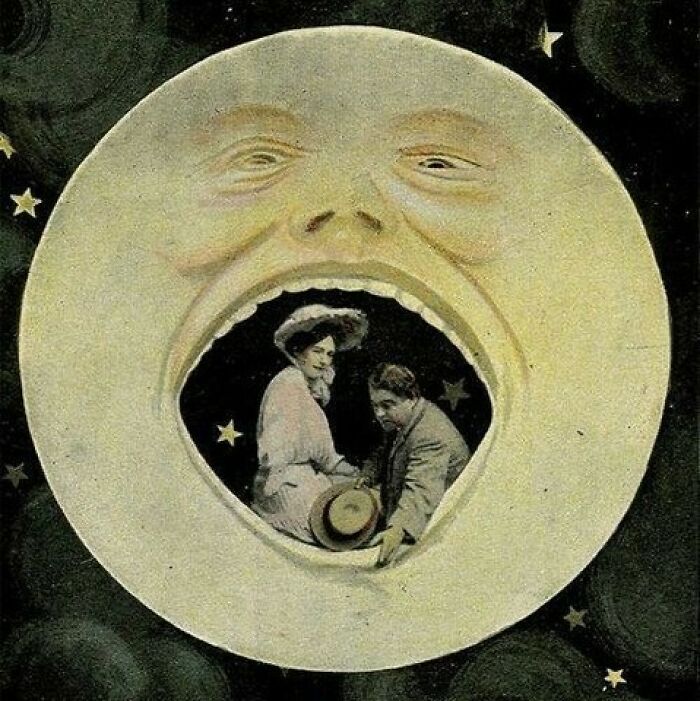
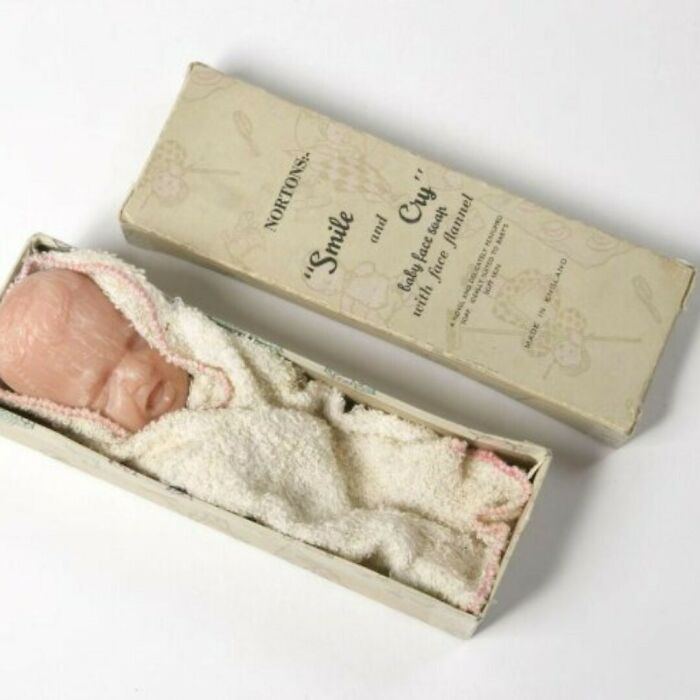
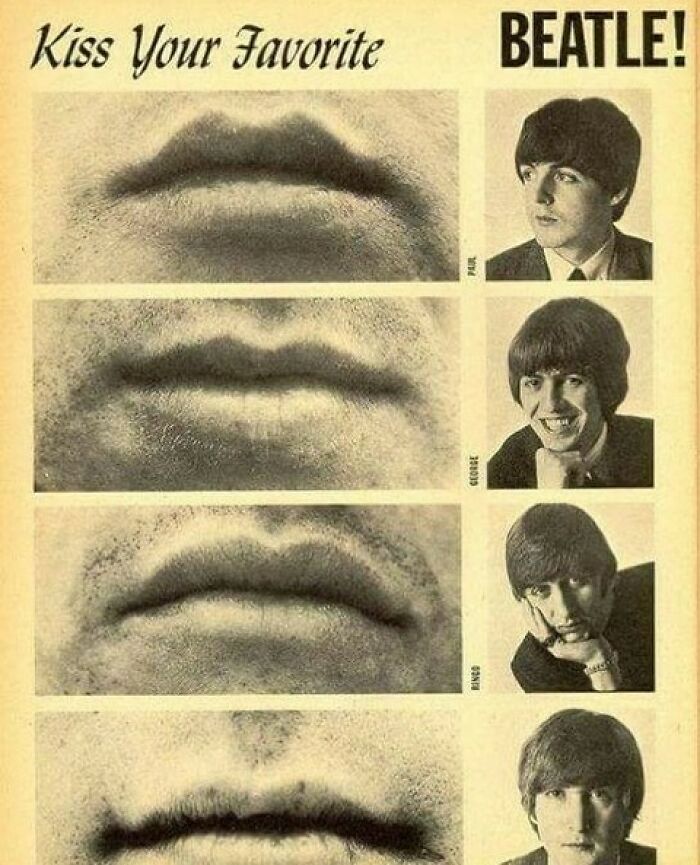
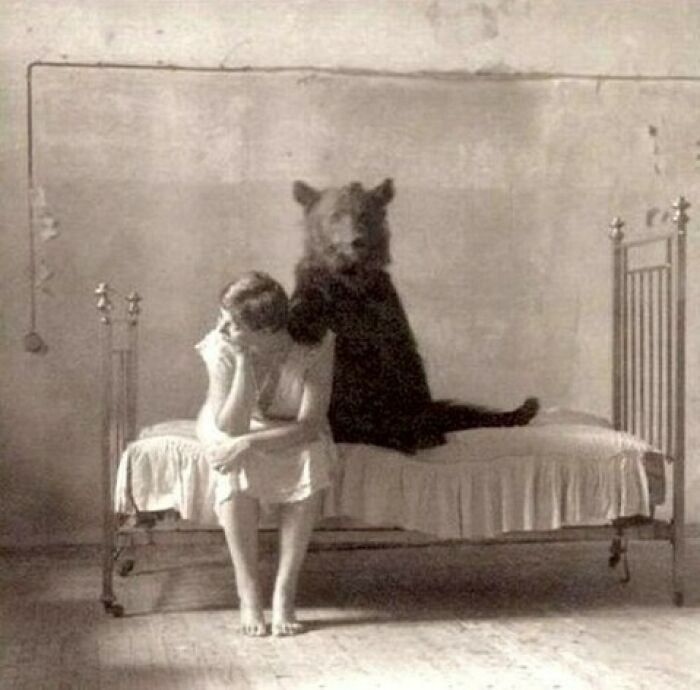
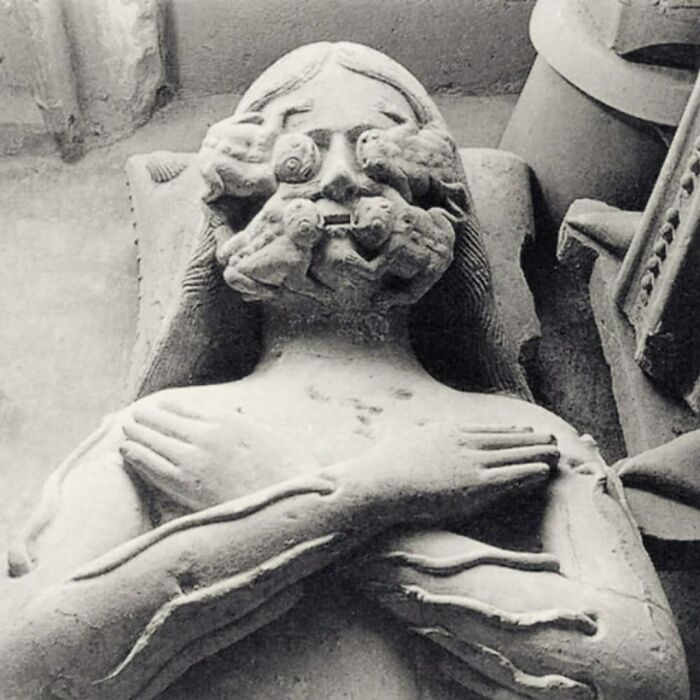
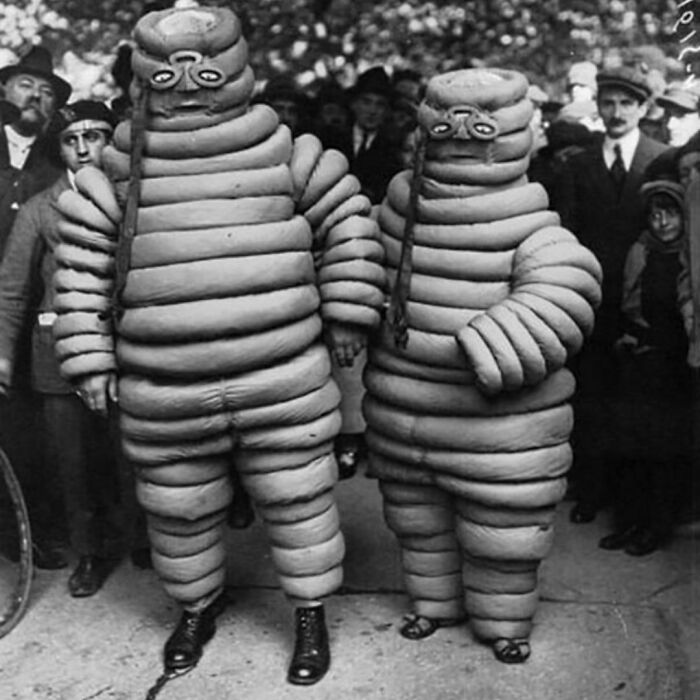
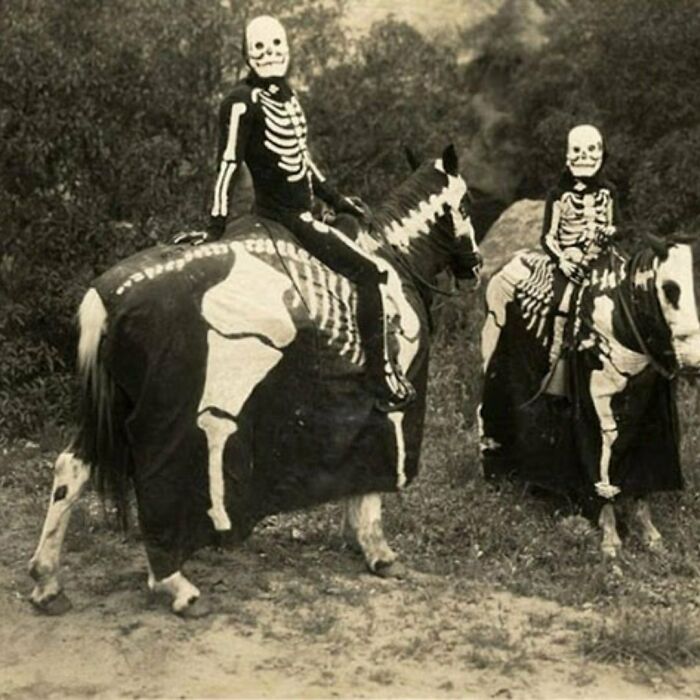
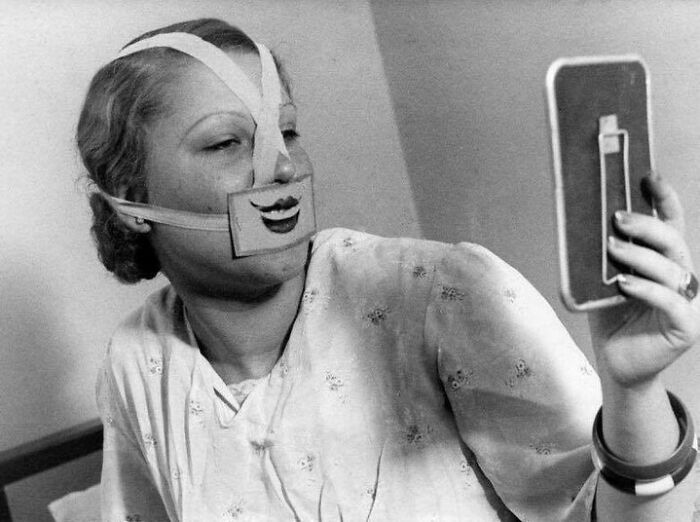

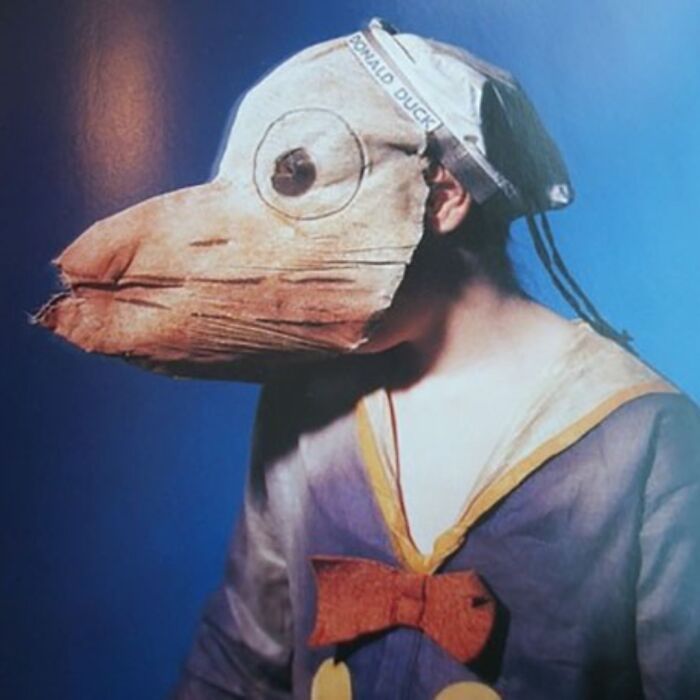
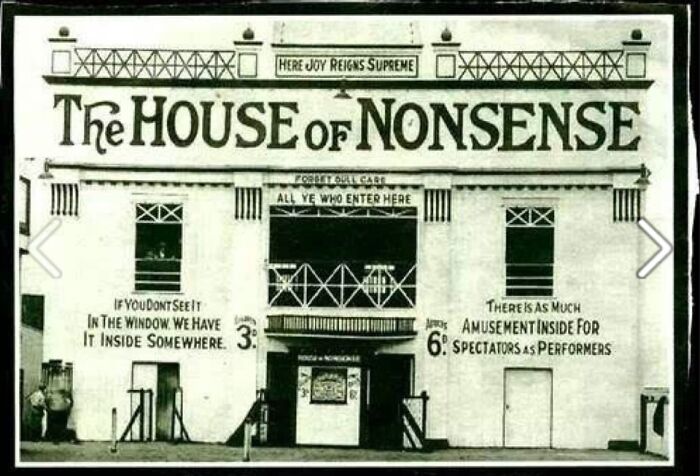

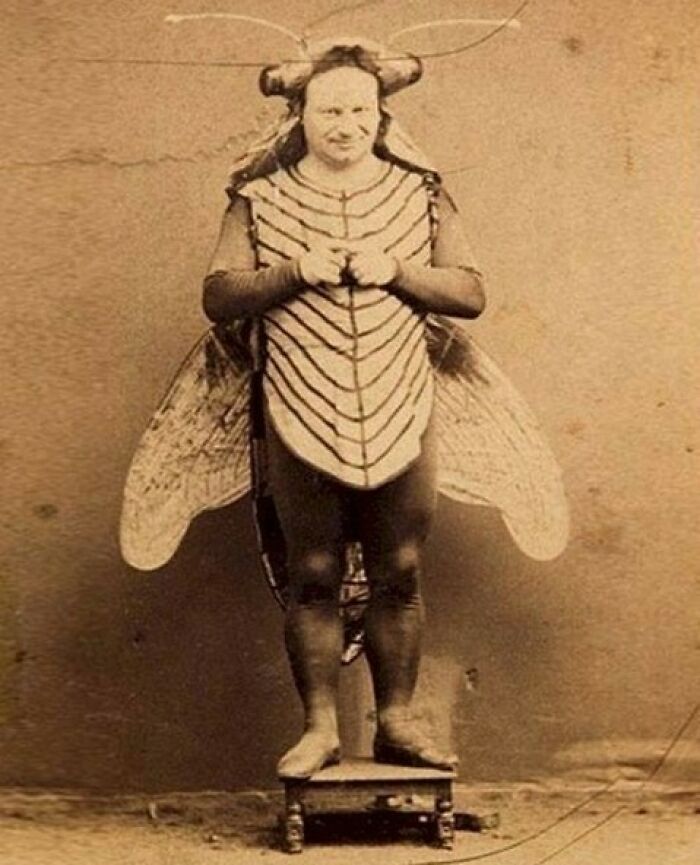
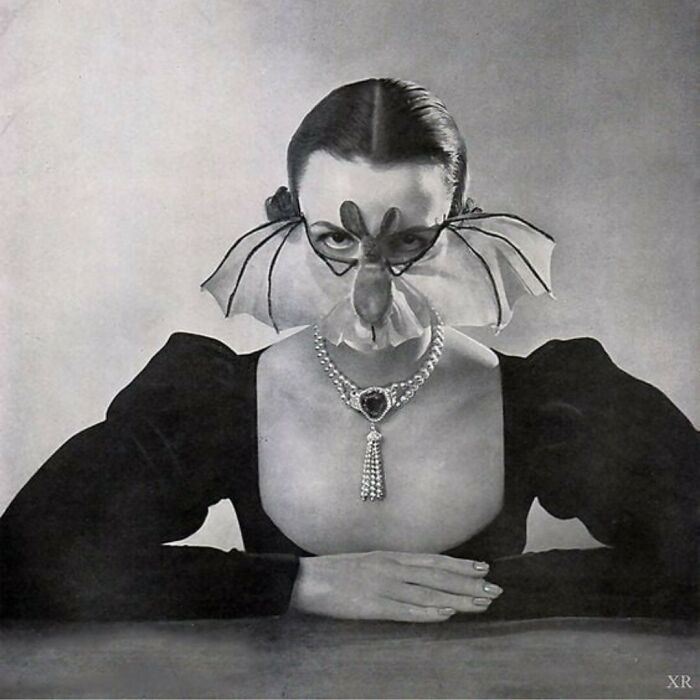
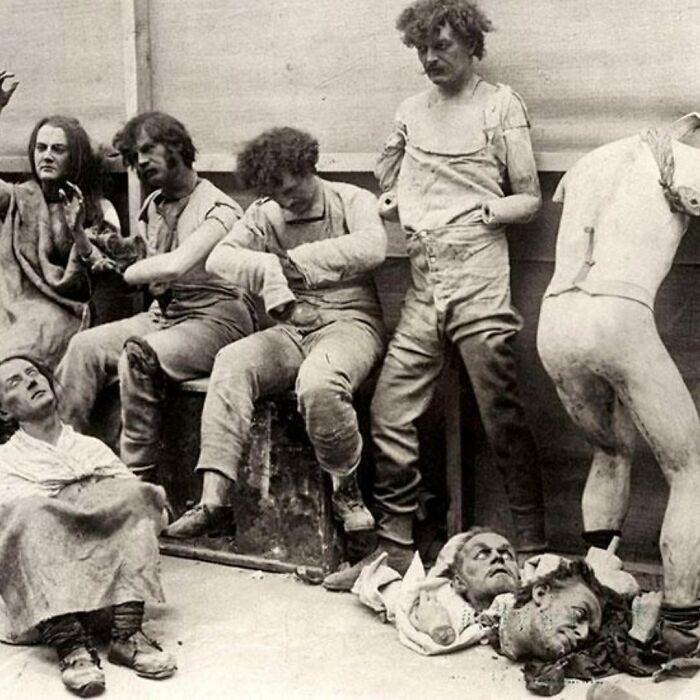
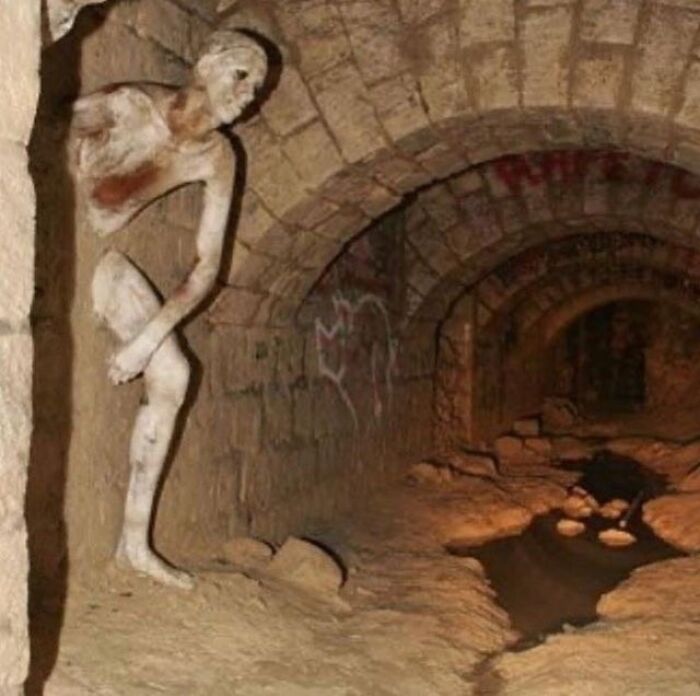

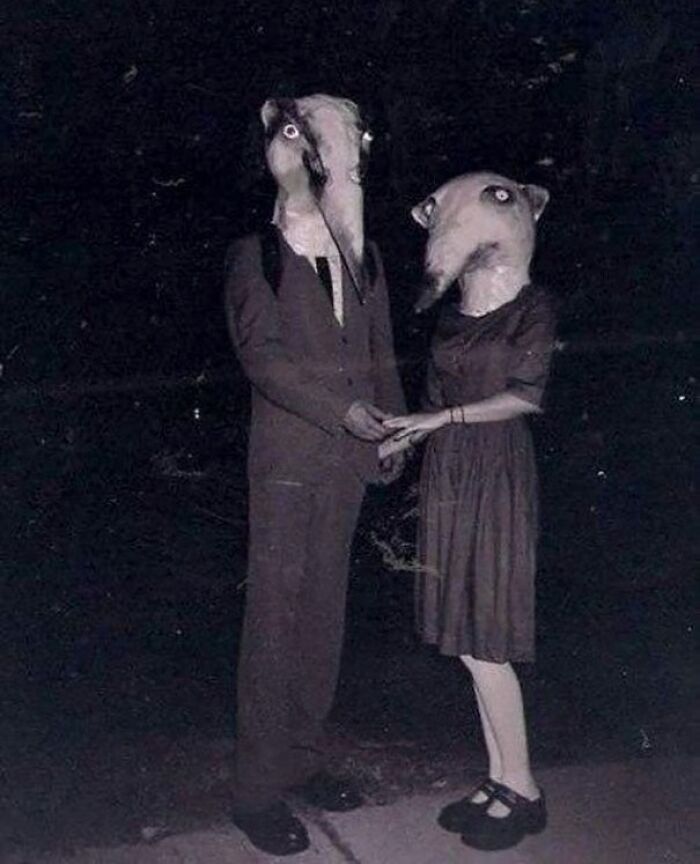
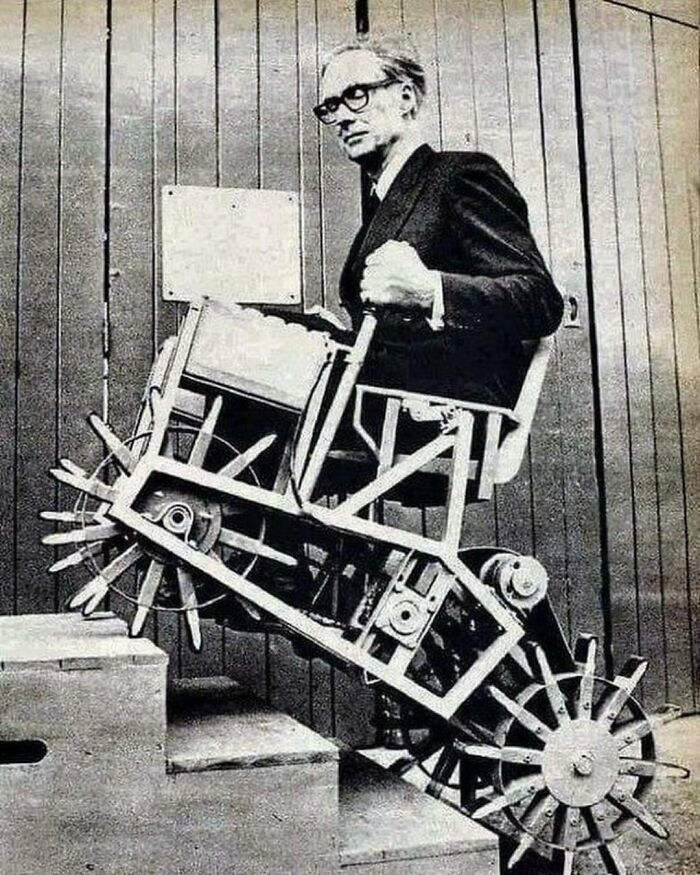

The goggles had a small aperture so when they heard an approaching aircraft and turned their head towards it, the plane would be visible
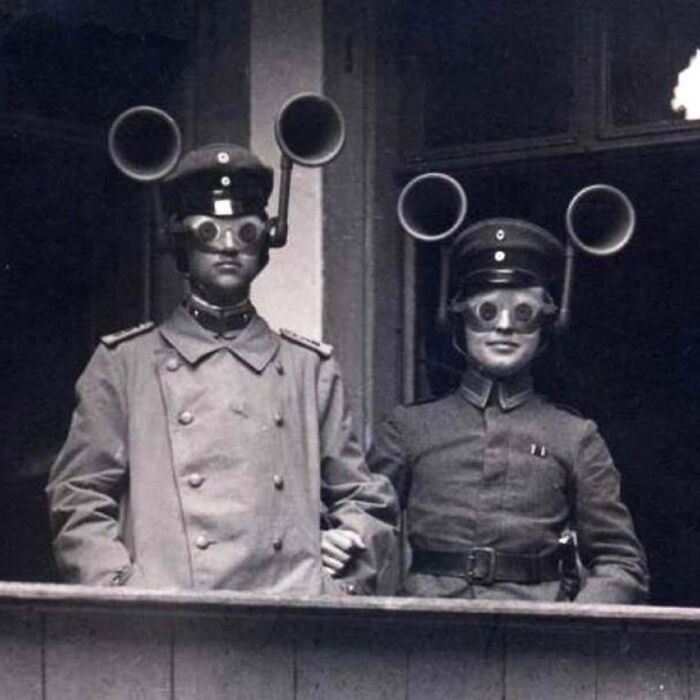
Hugo Gernsback (August 16, 1884 – August 19, 1967), was a Luxembourgish-American inventor, writer, editor, engineer, designer, businessman, and magazine publisher
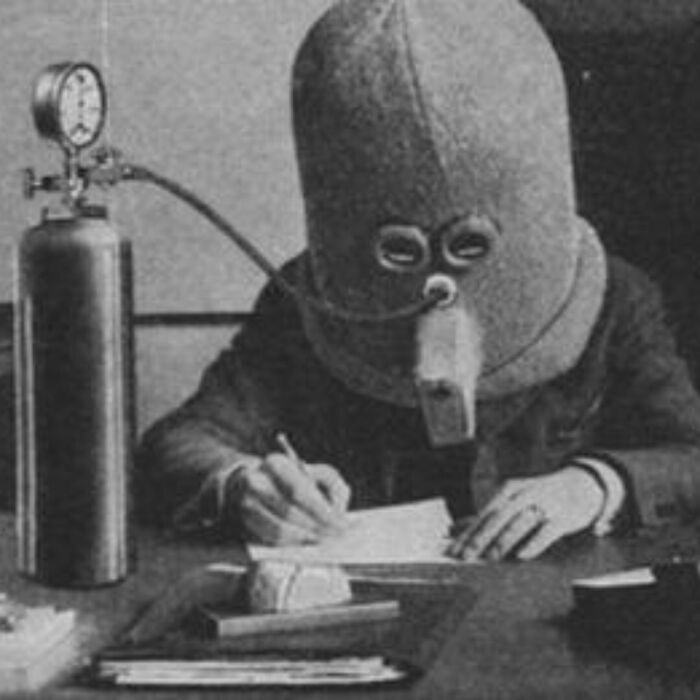
See Also on Bored Panda
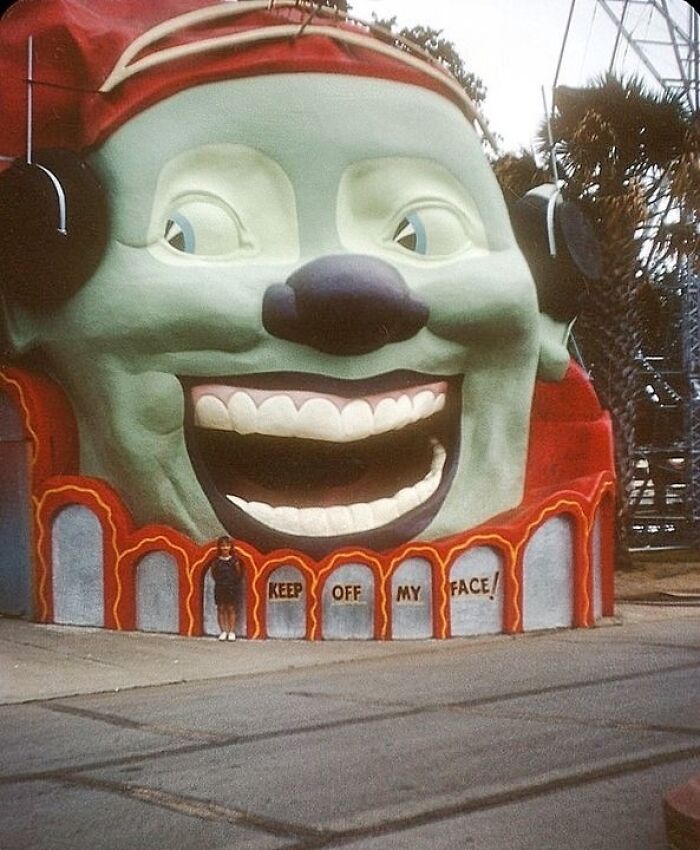
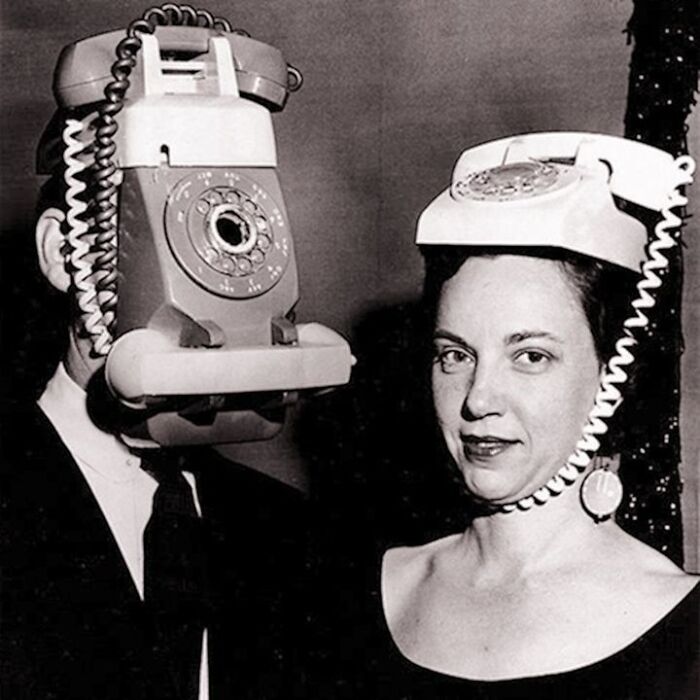
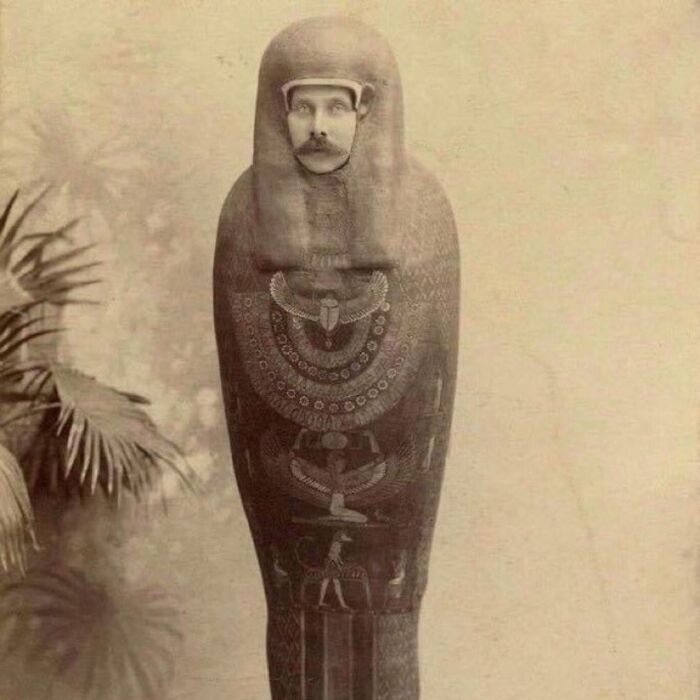
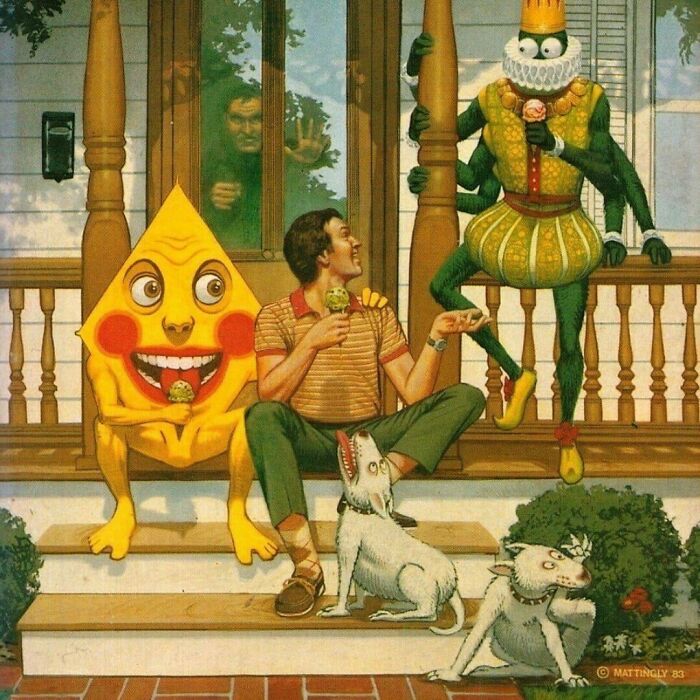
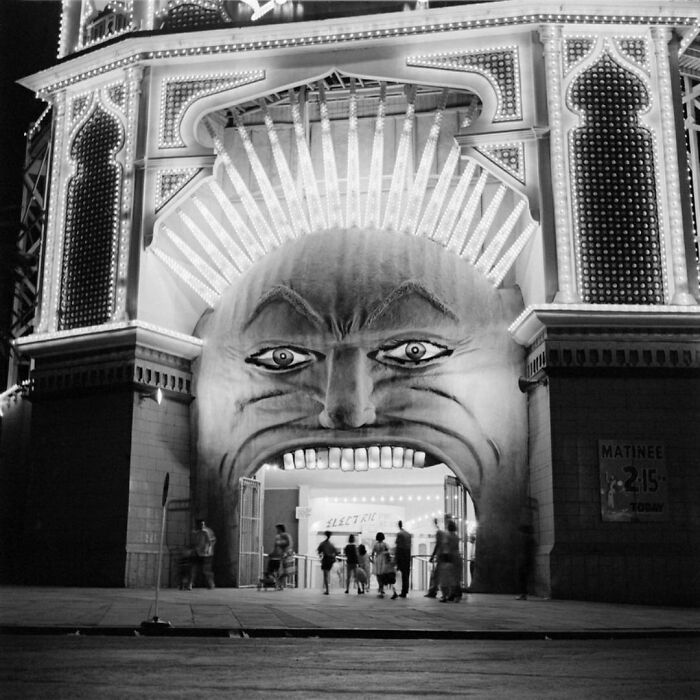
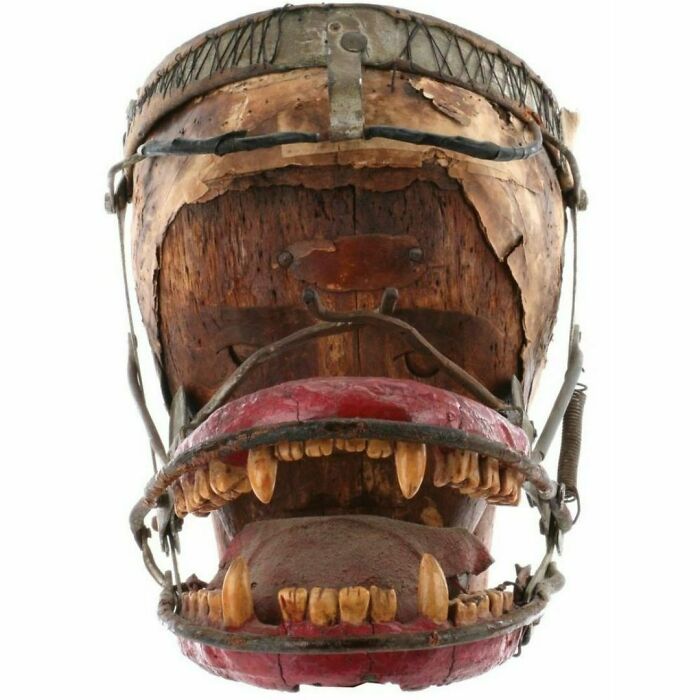
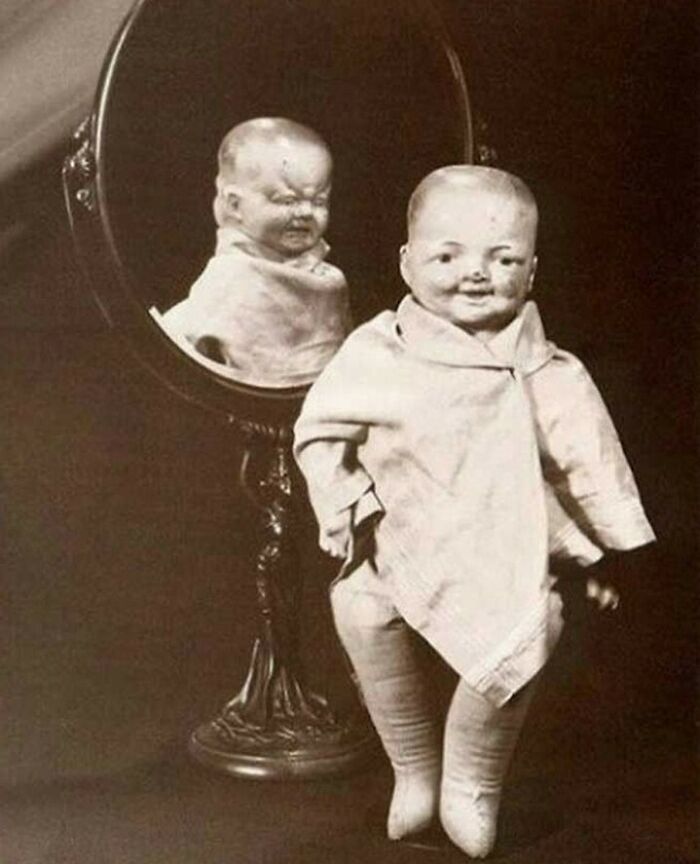
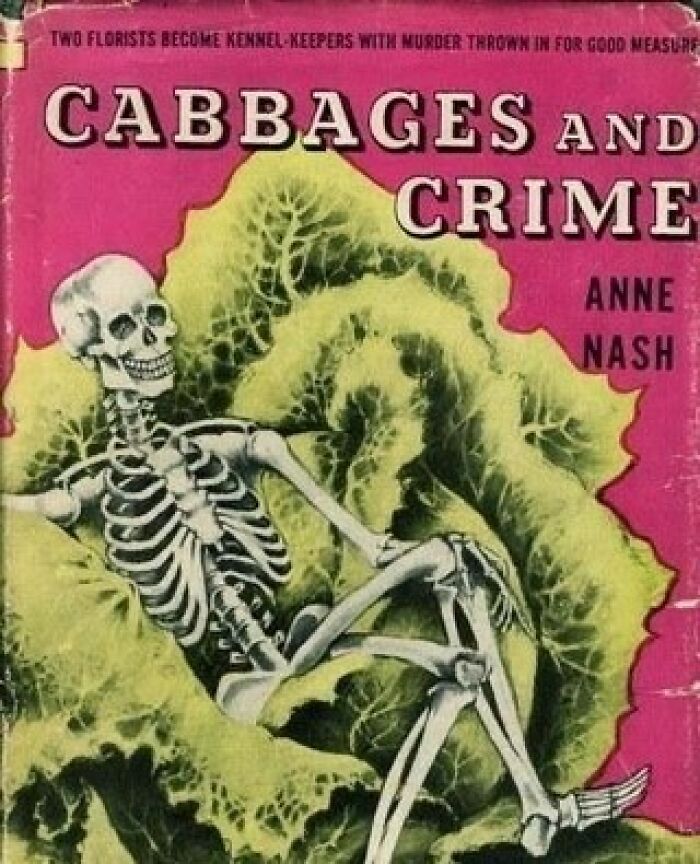
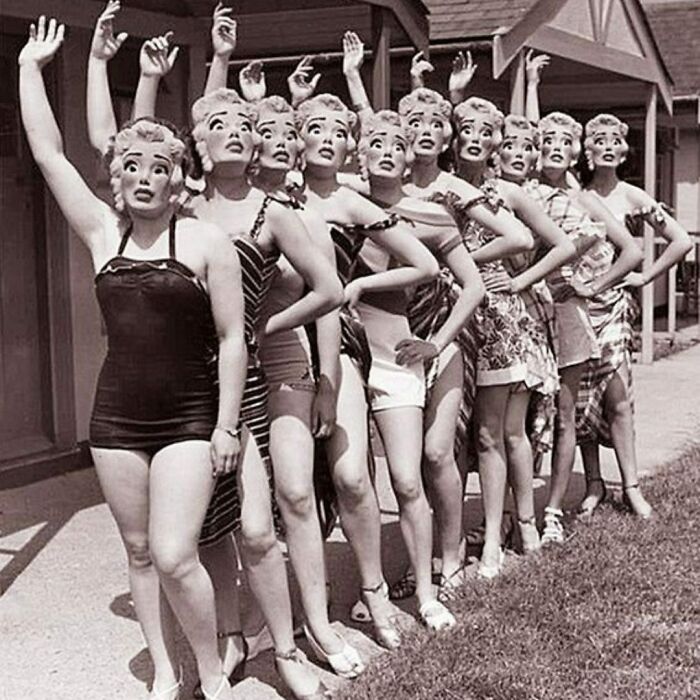
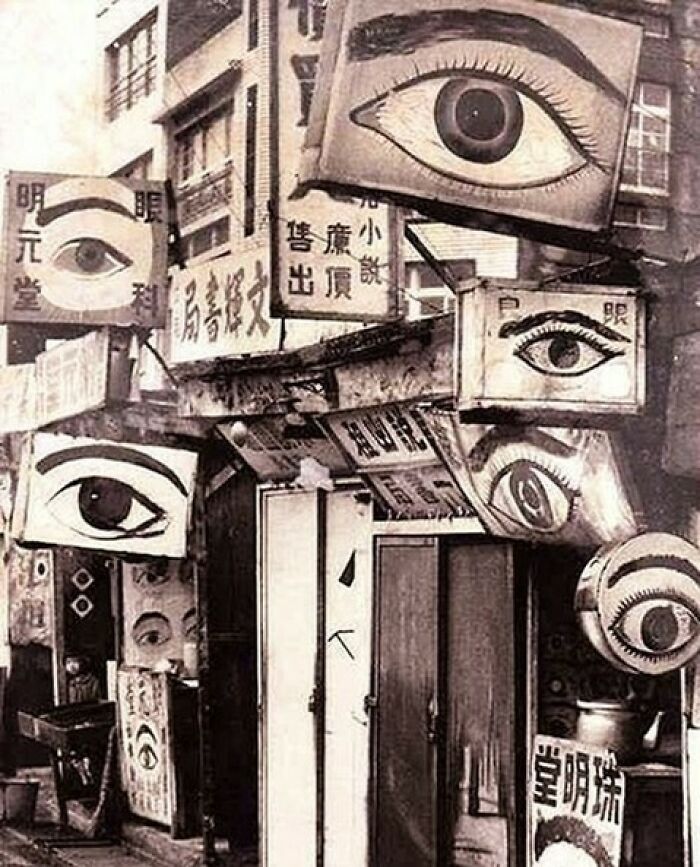
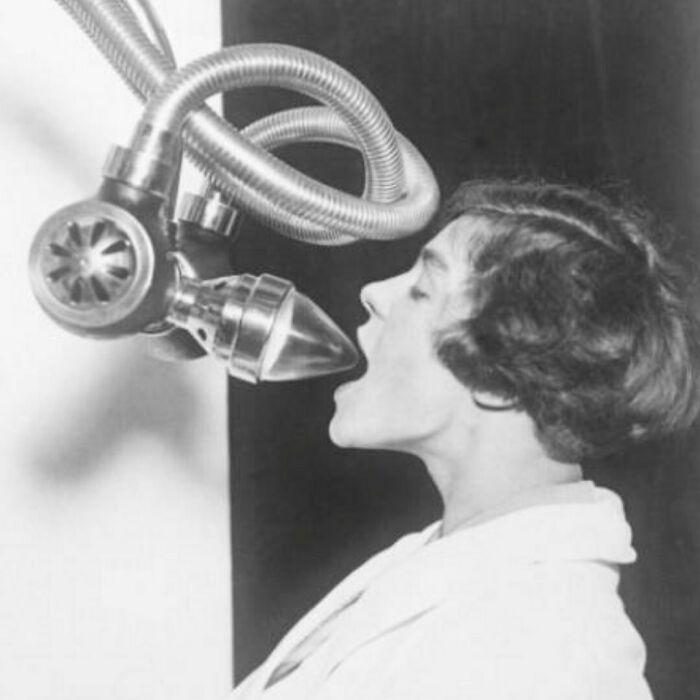
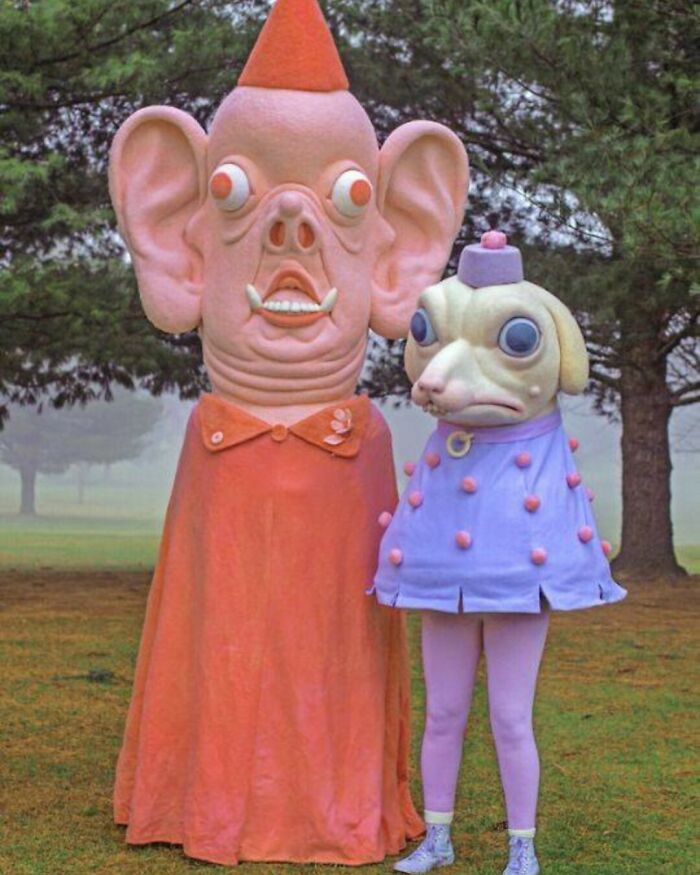
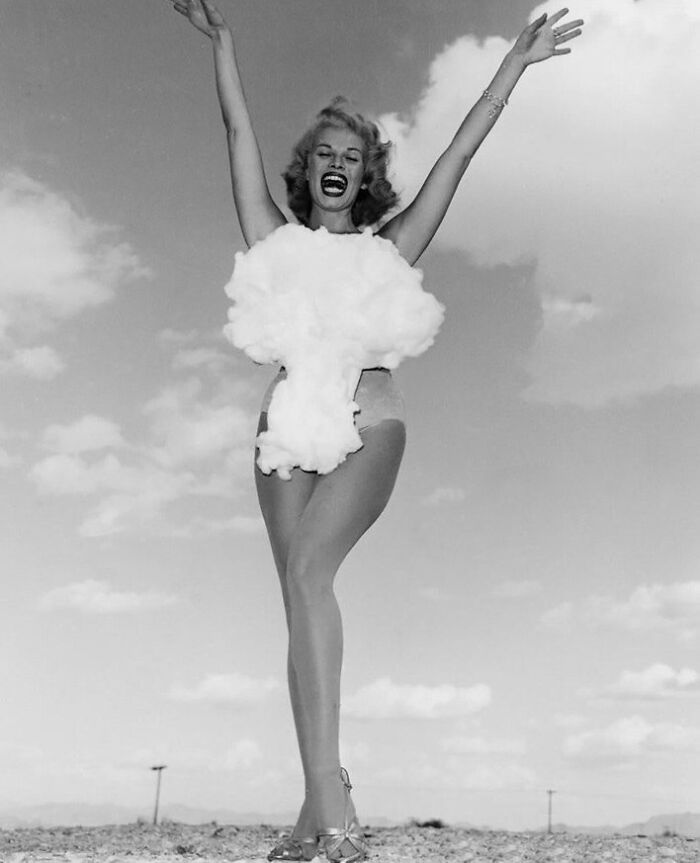

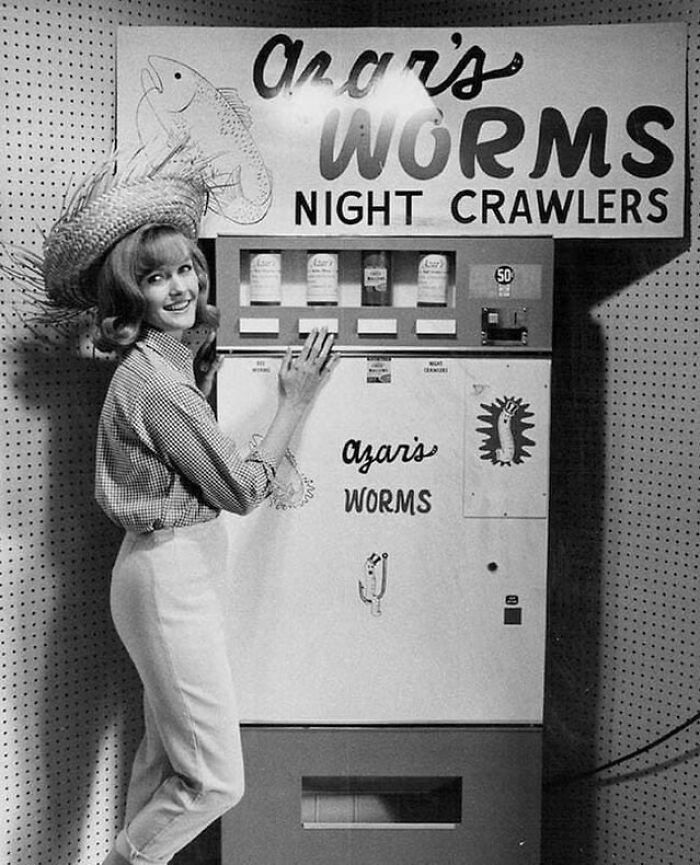
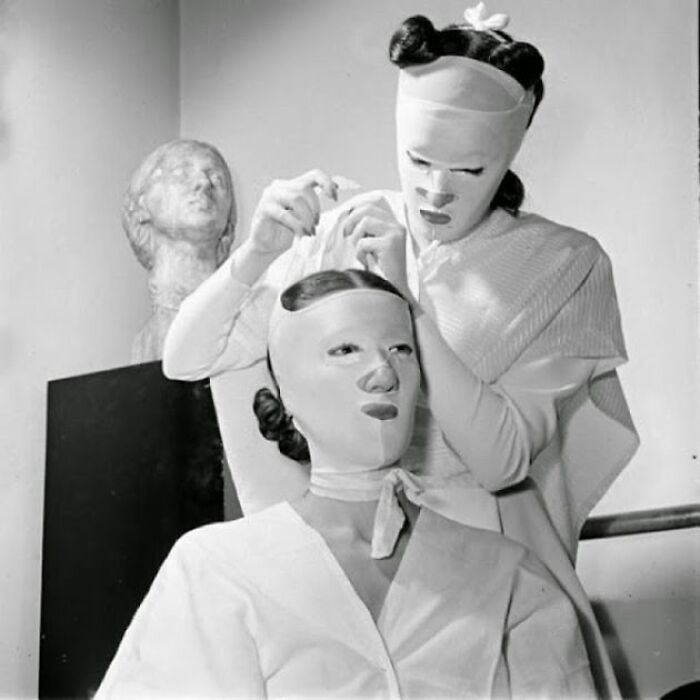
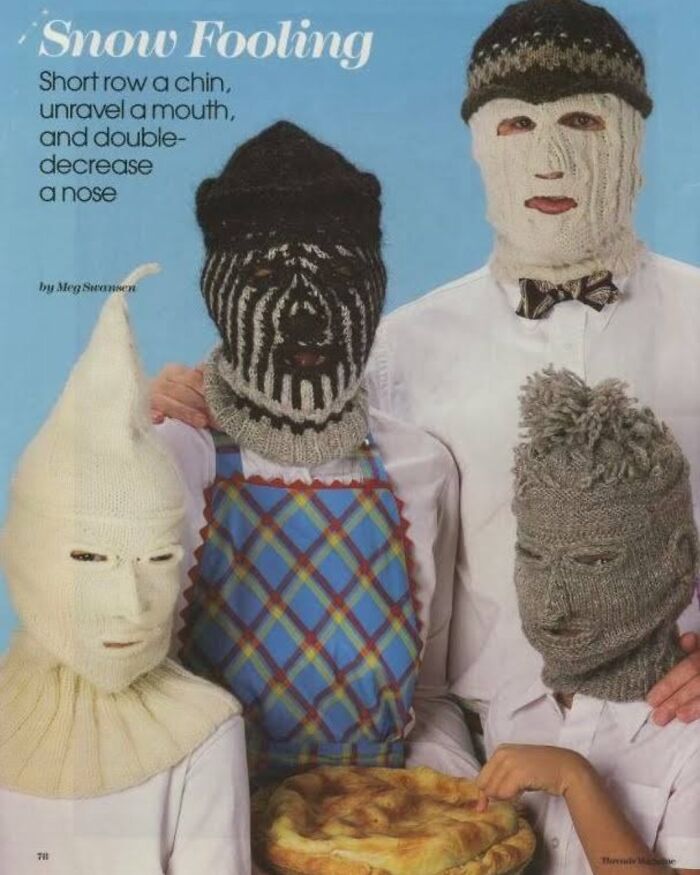
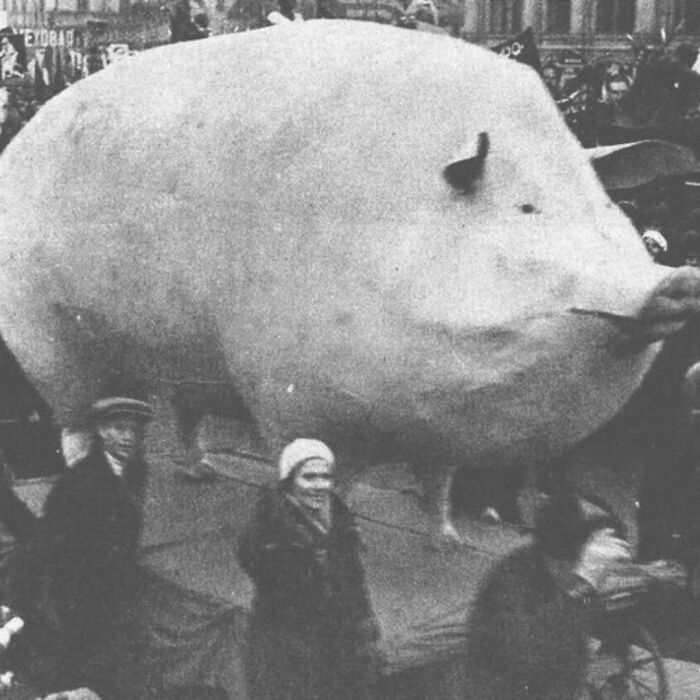
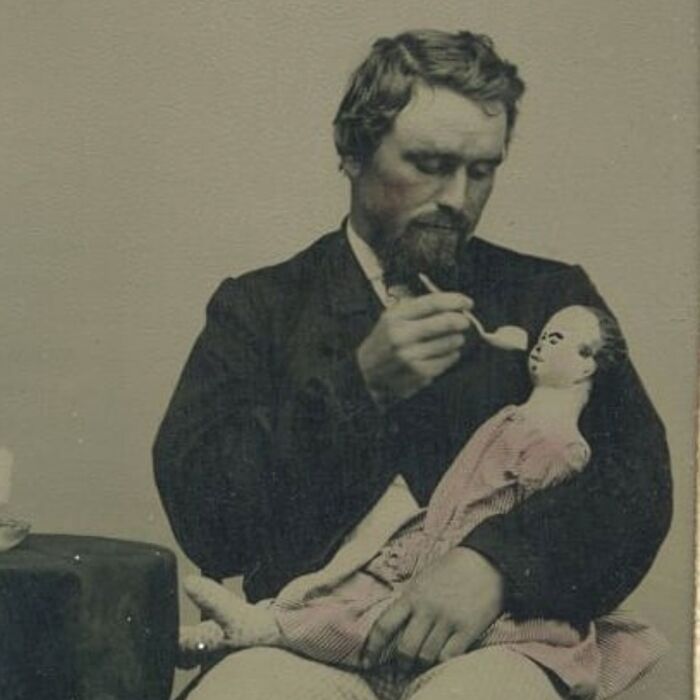
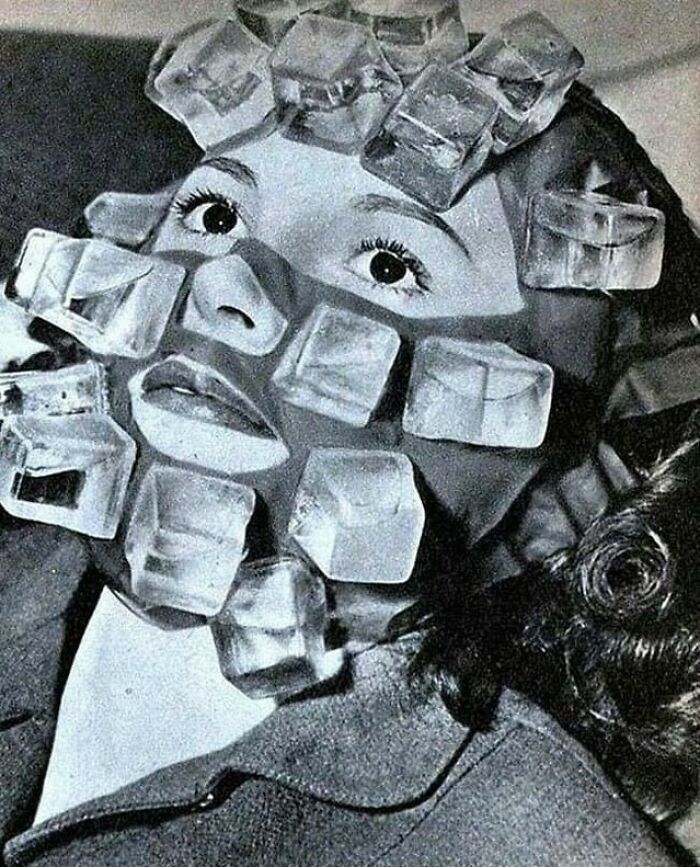
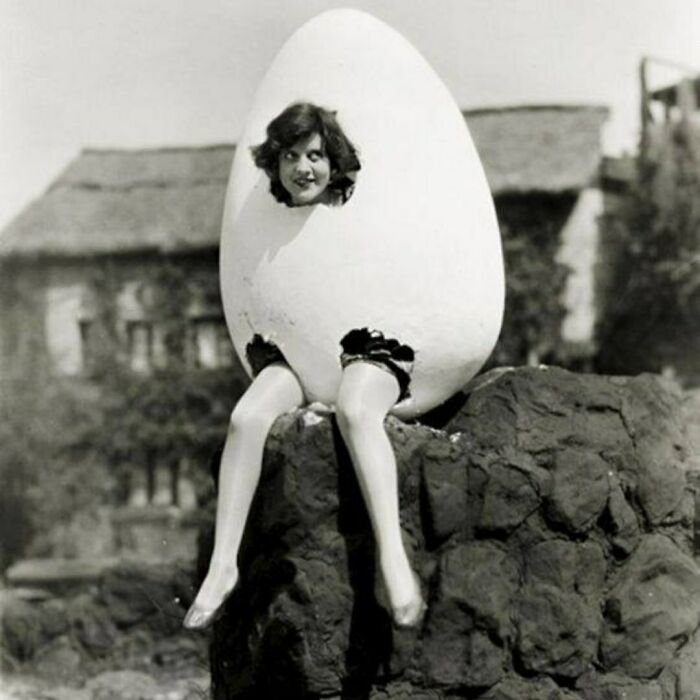
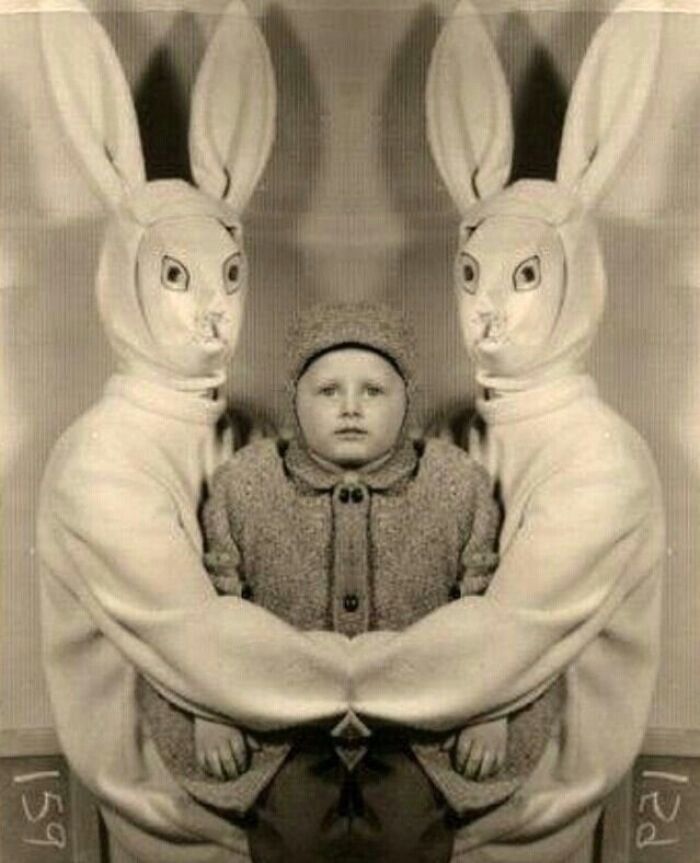
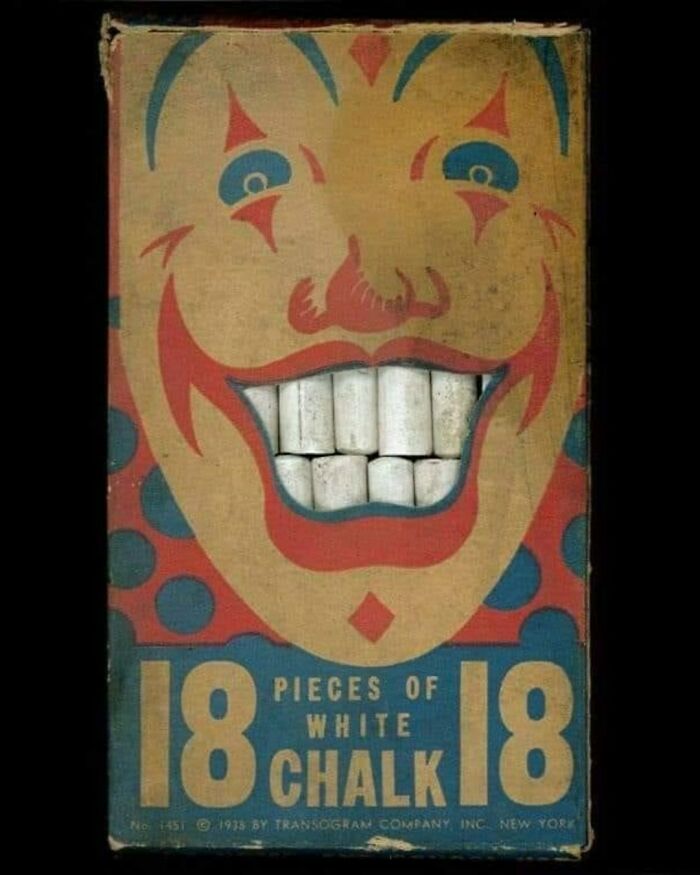
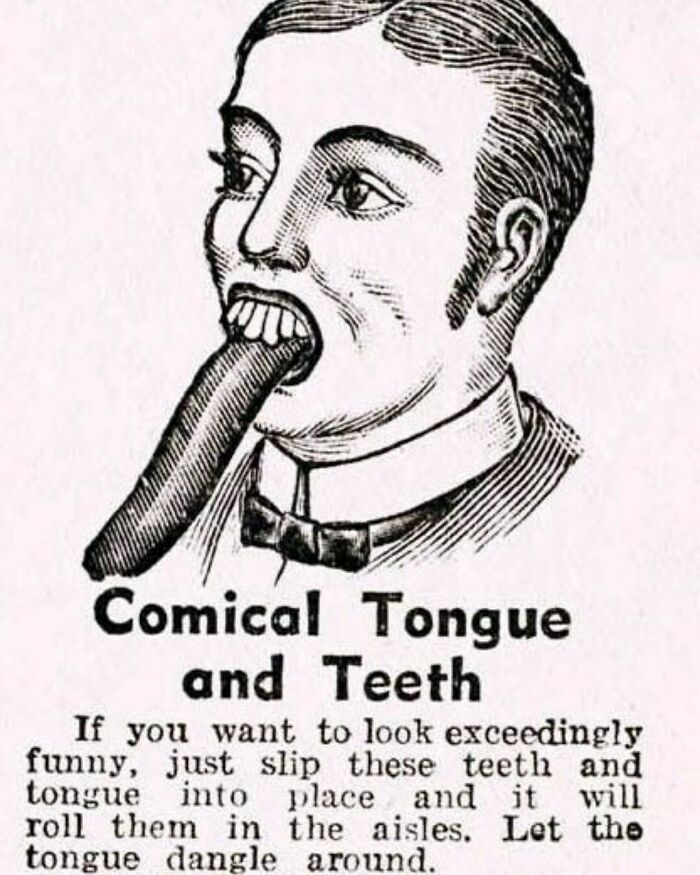

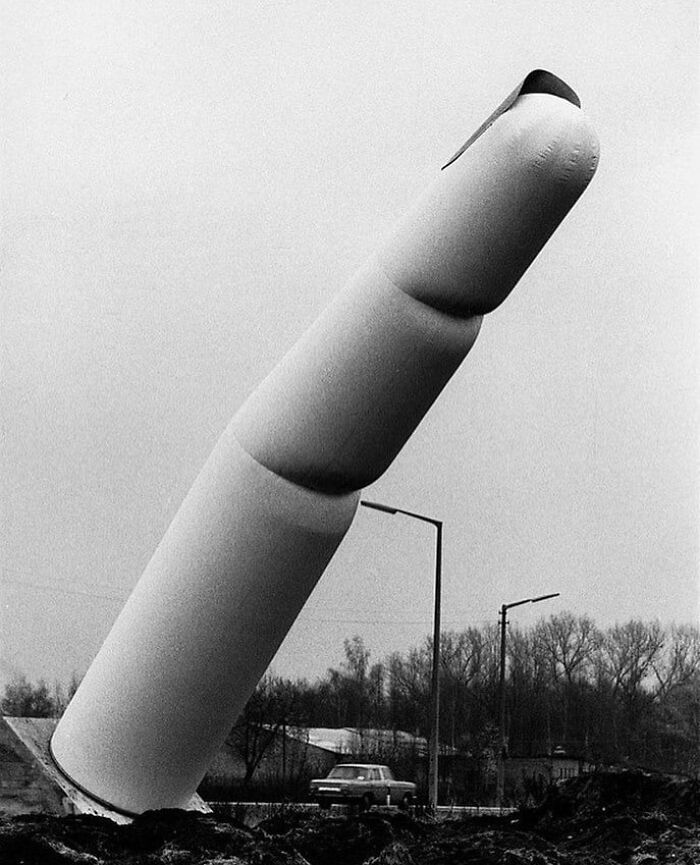
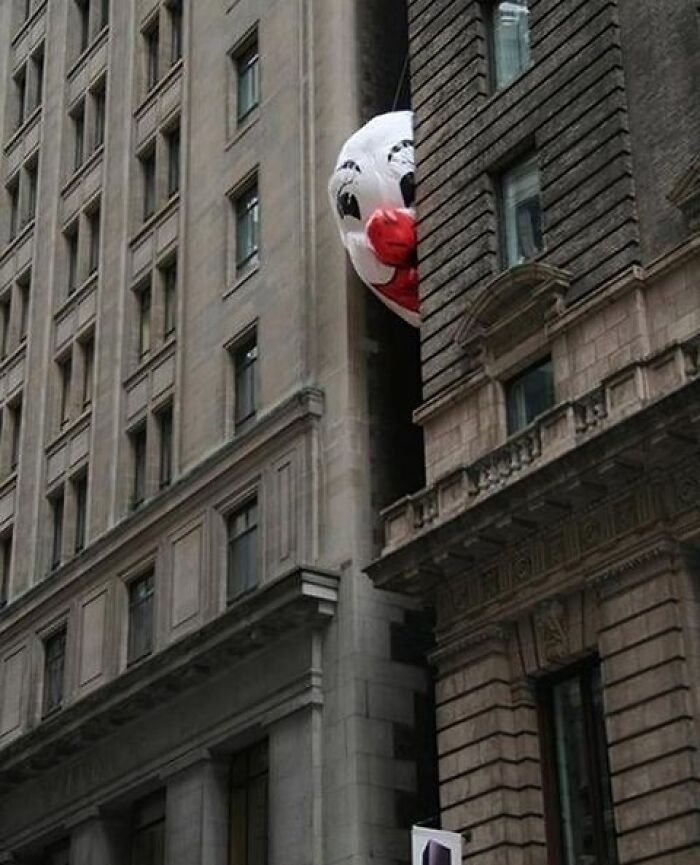
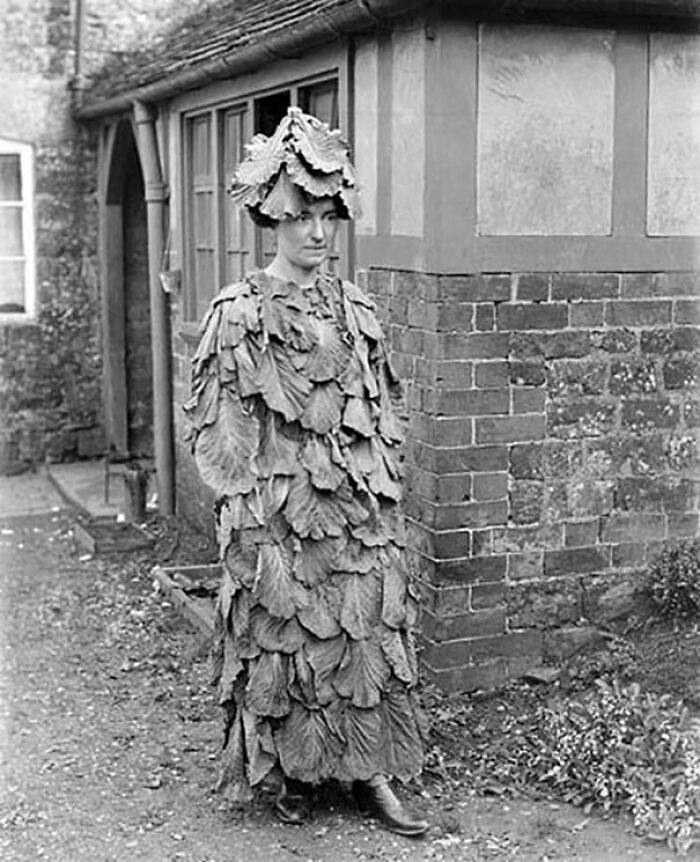
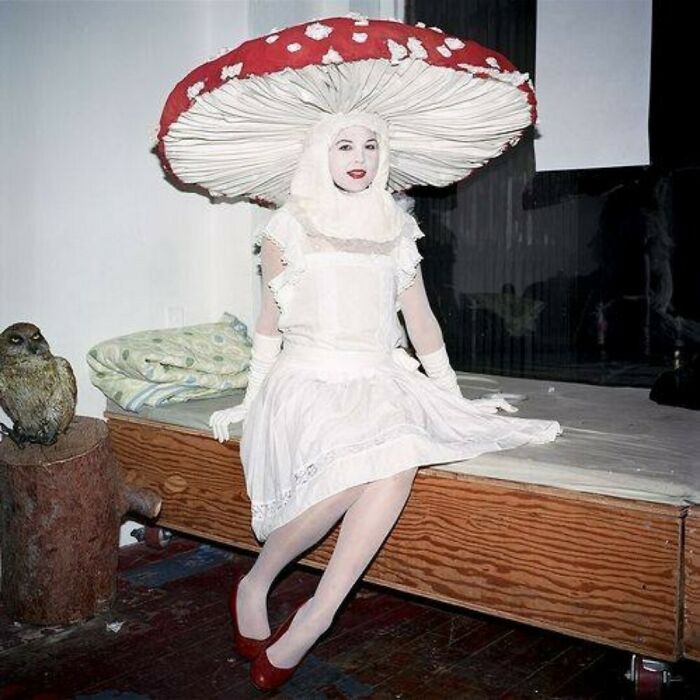
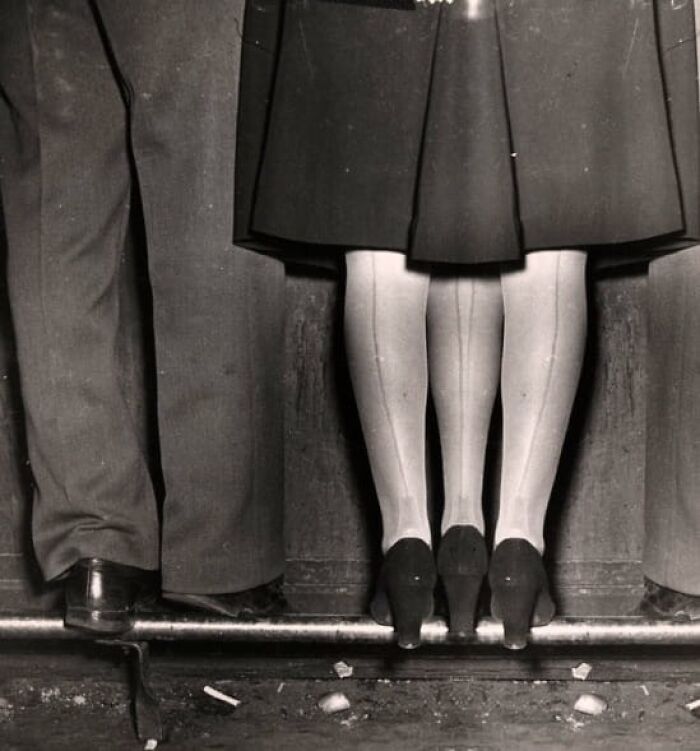

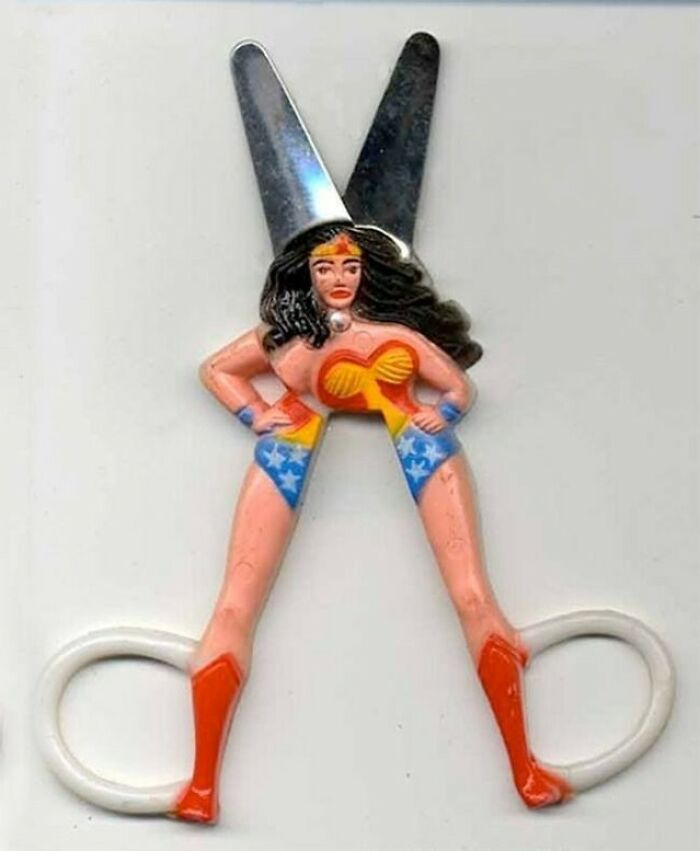
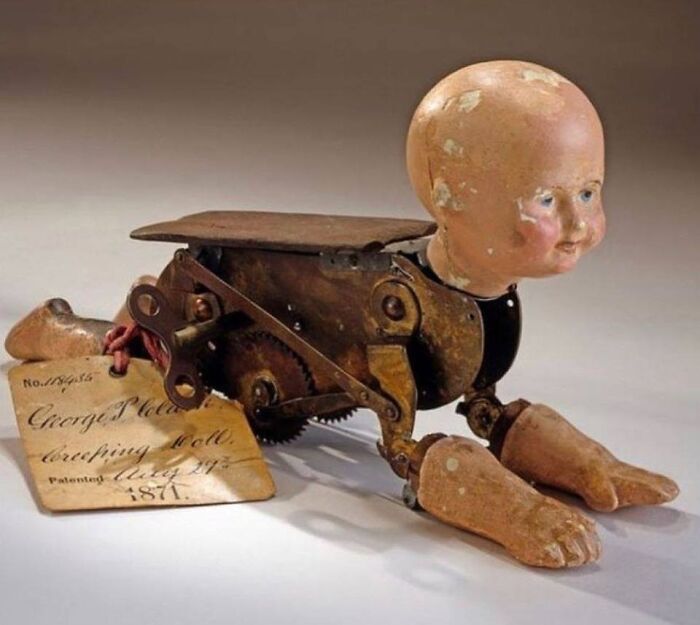
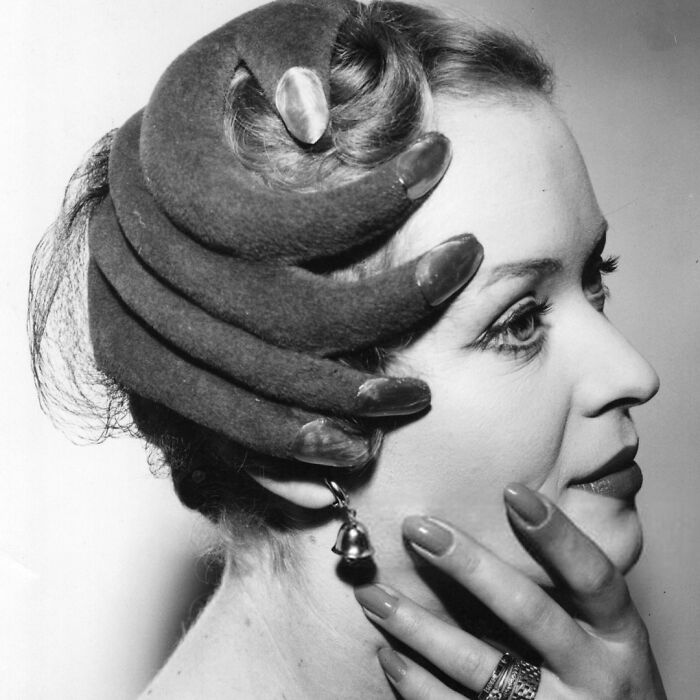
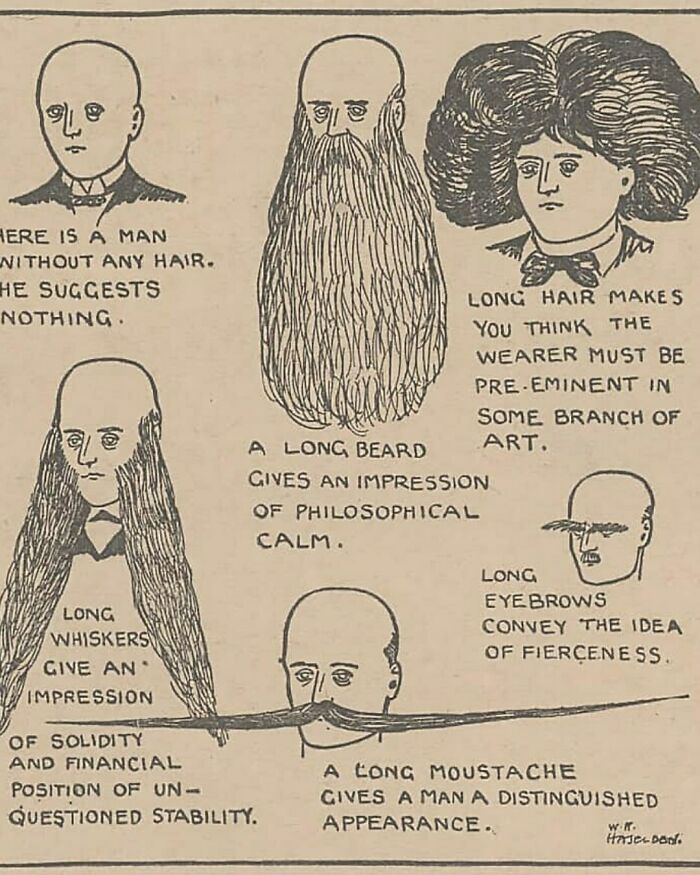
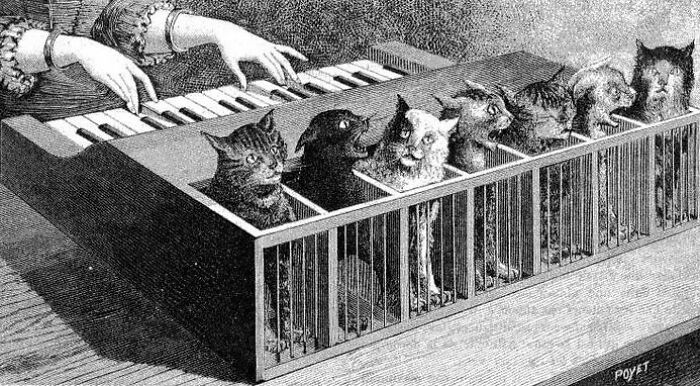
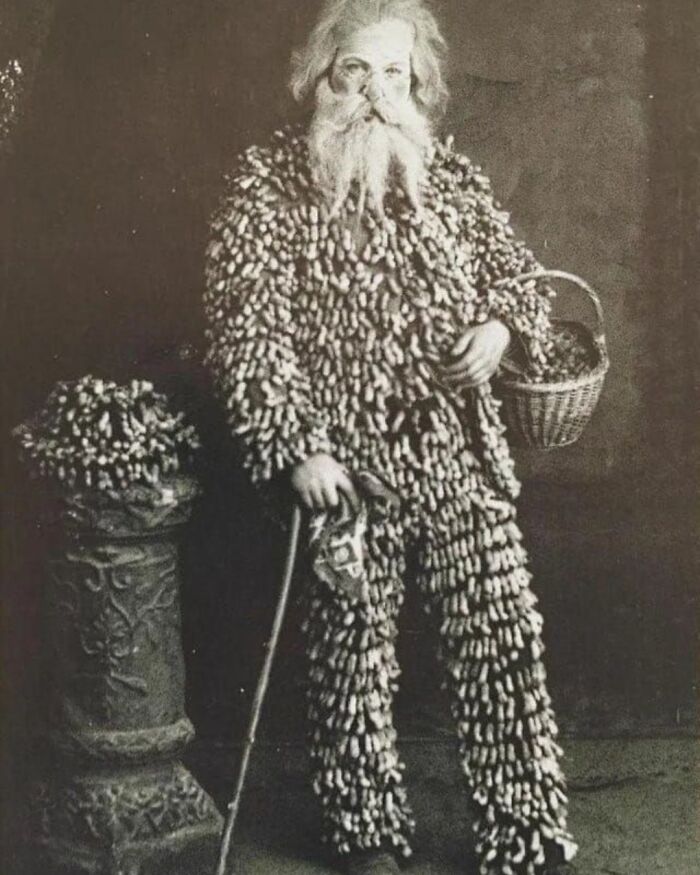
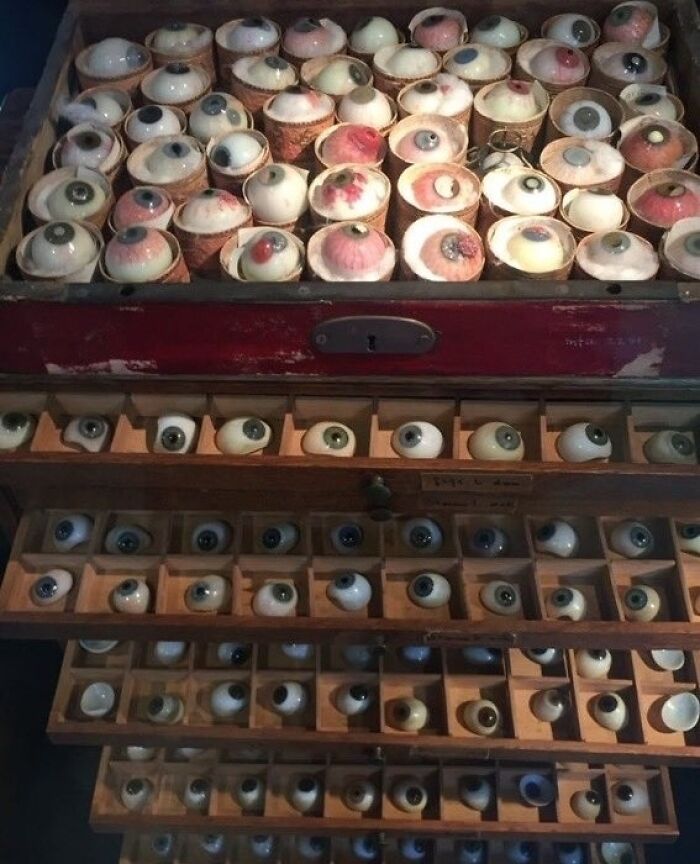

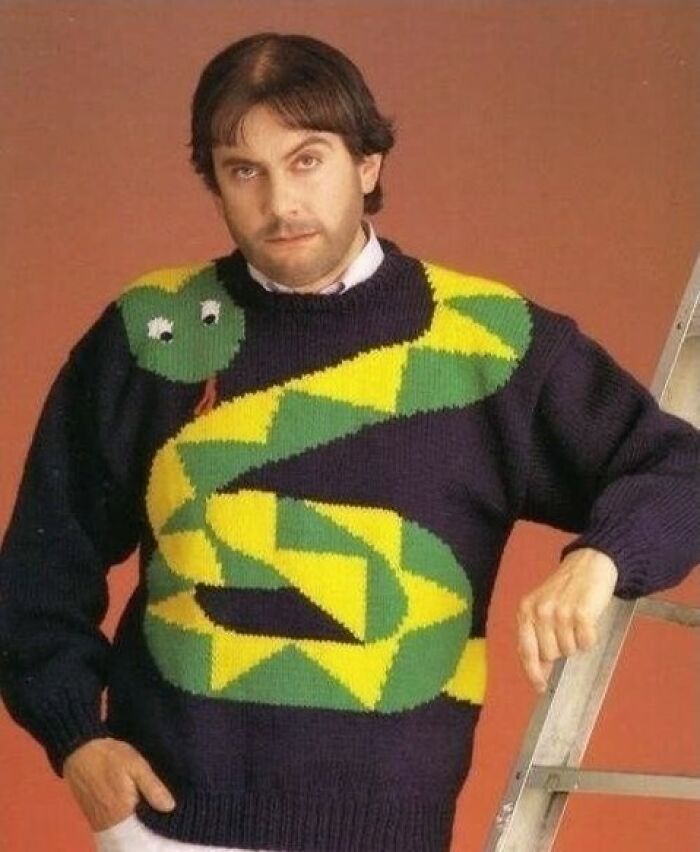

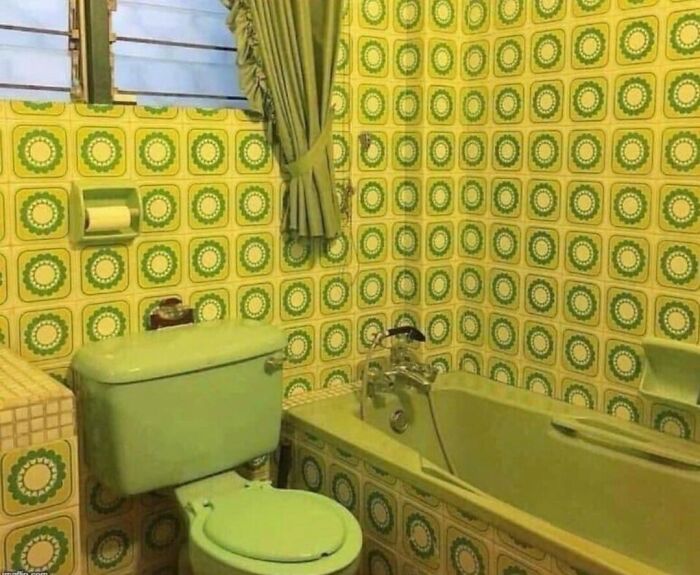
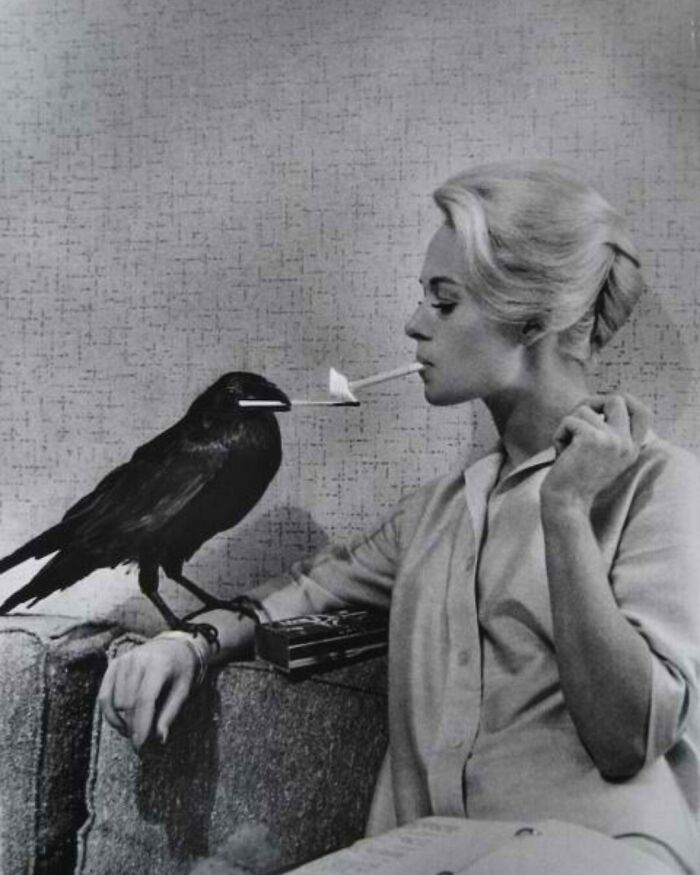
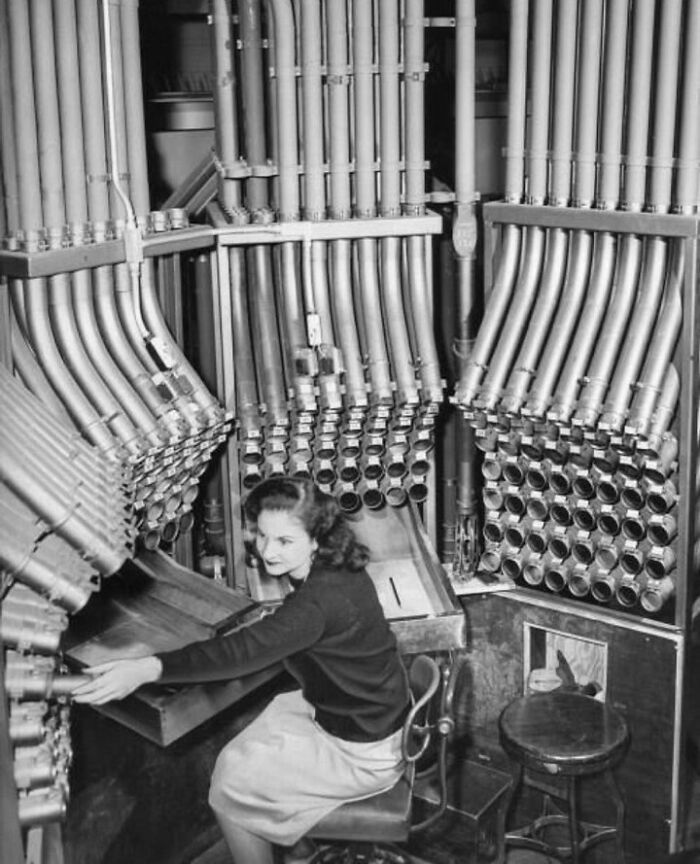
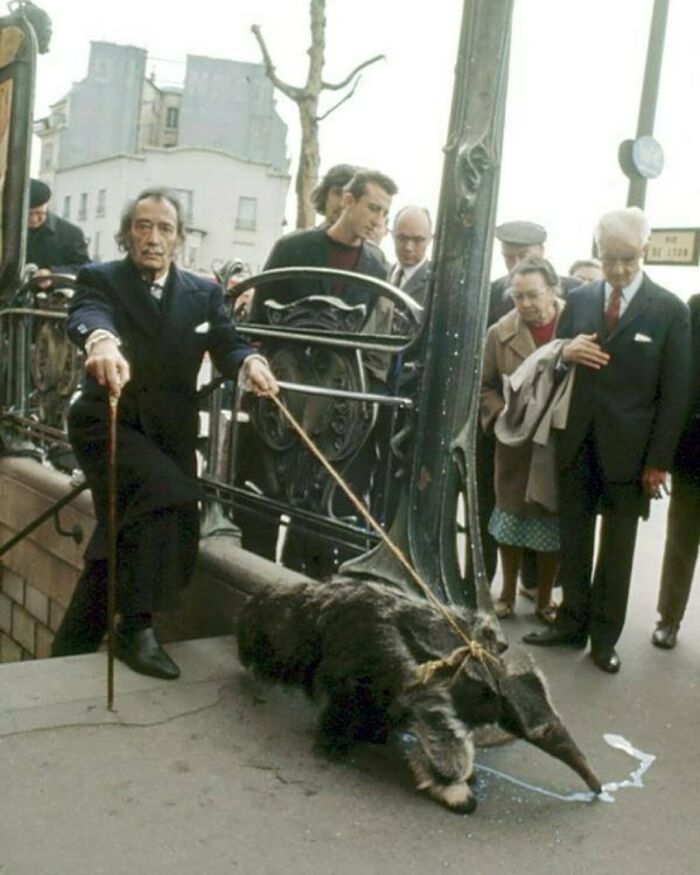
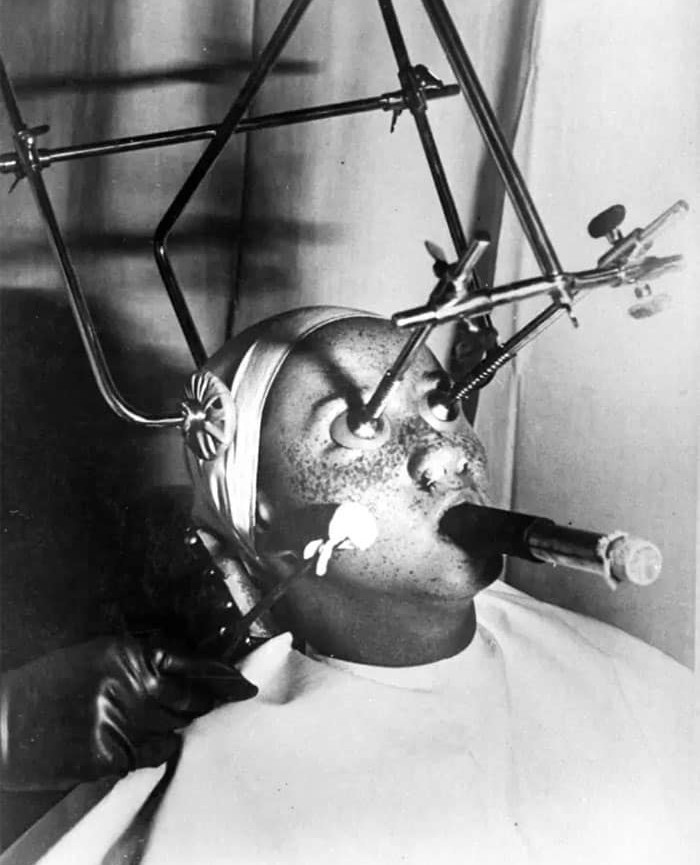
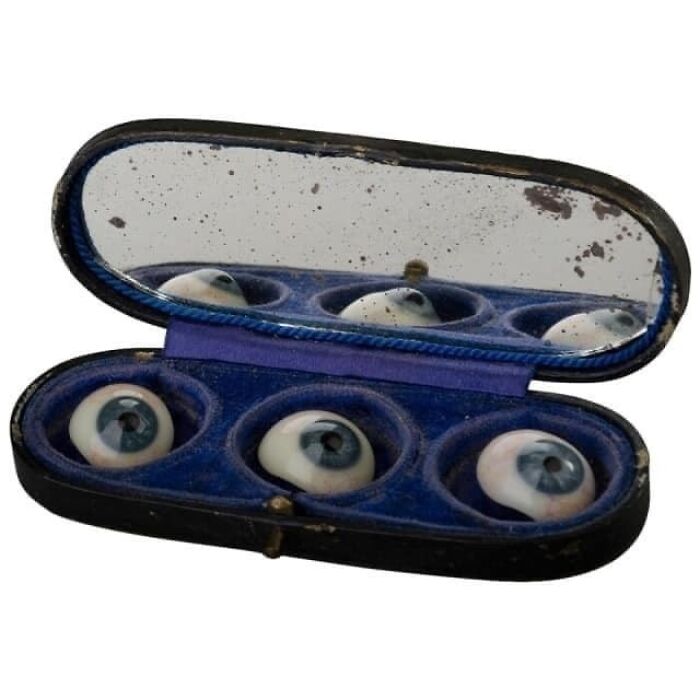
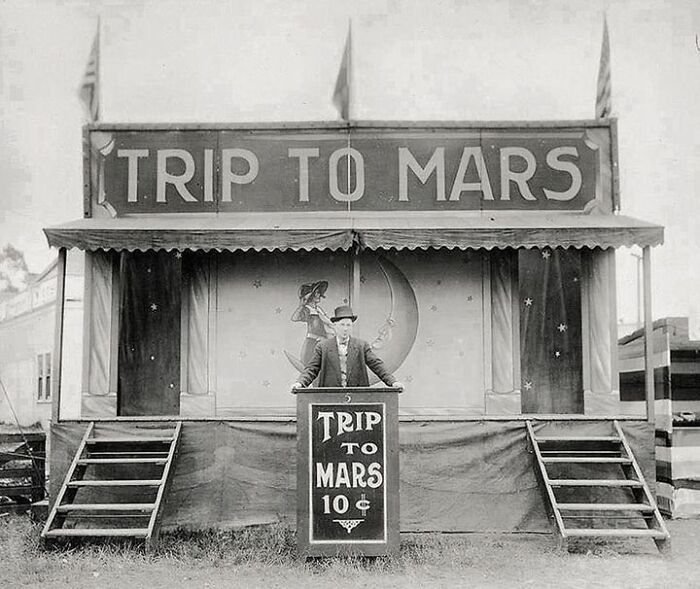
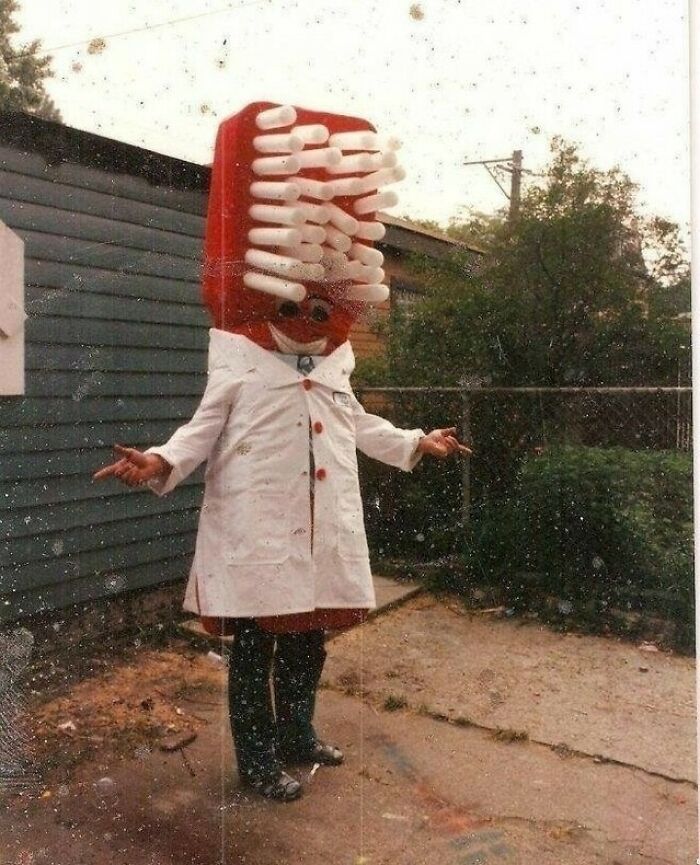
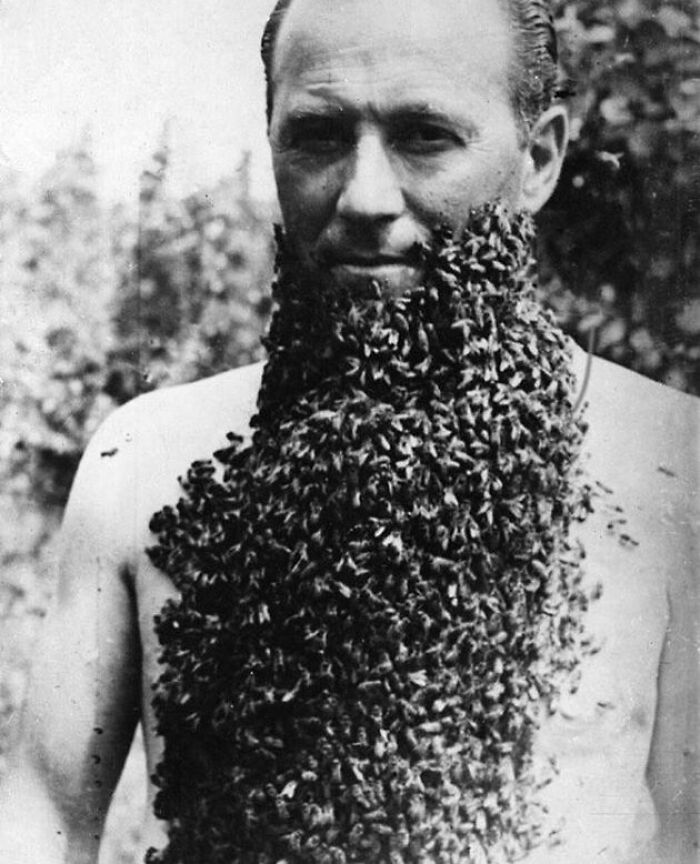
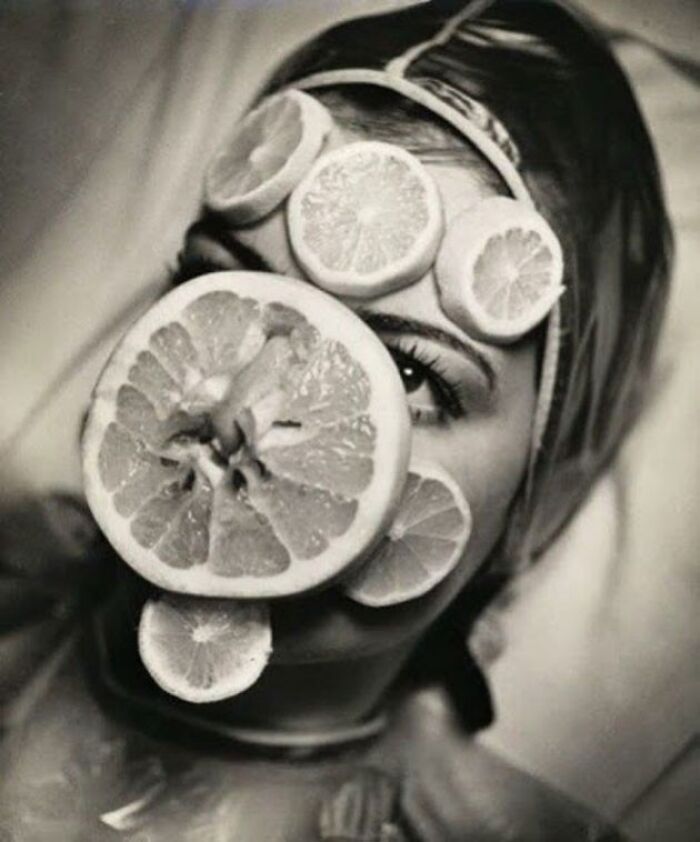
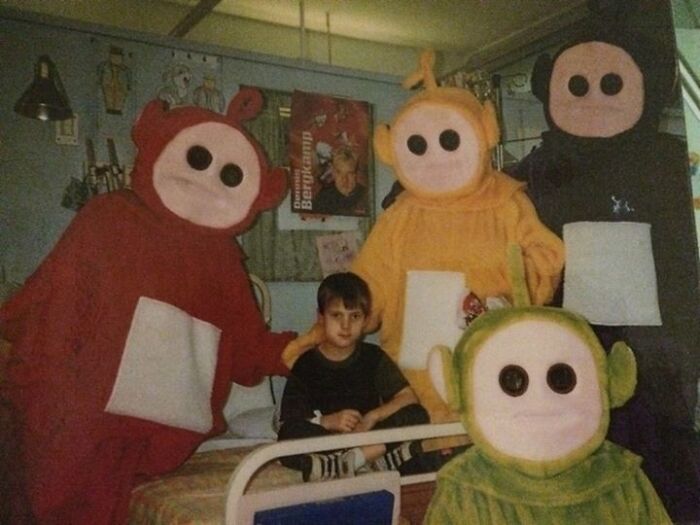
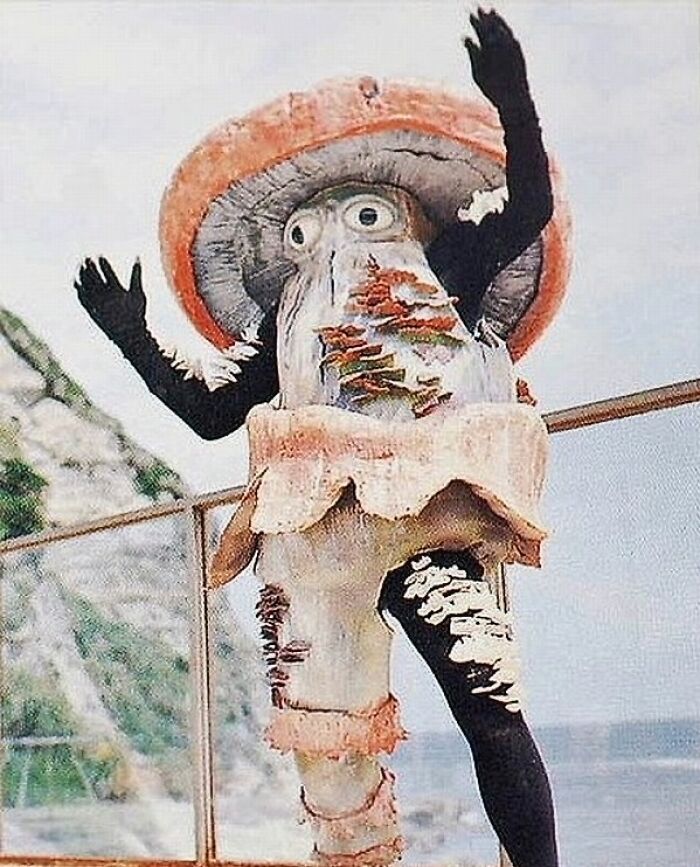
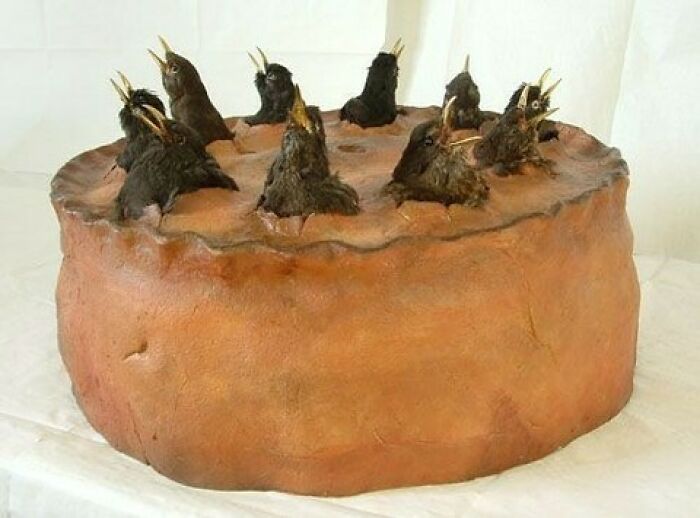
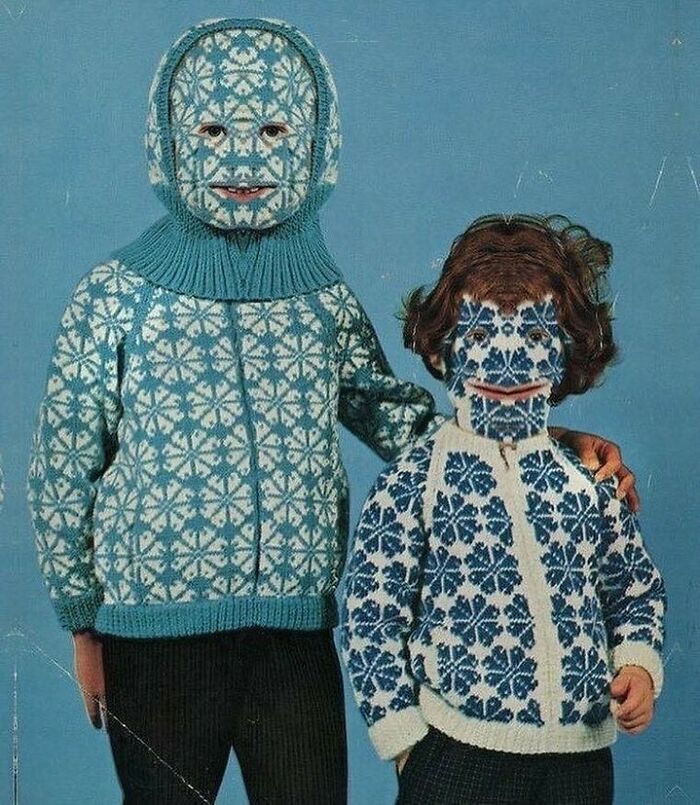
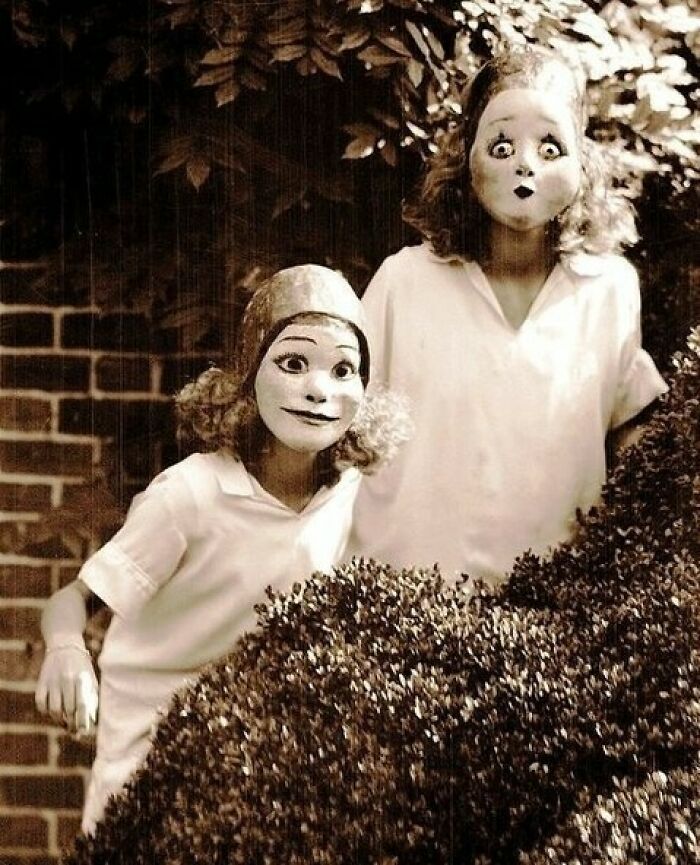
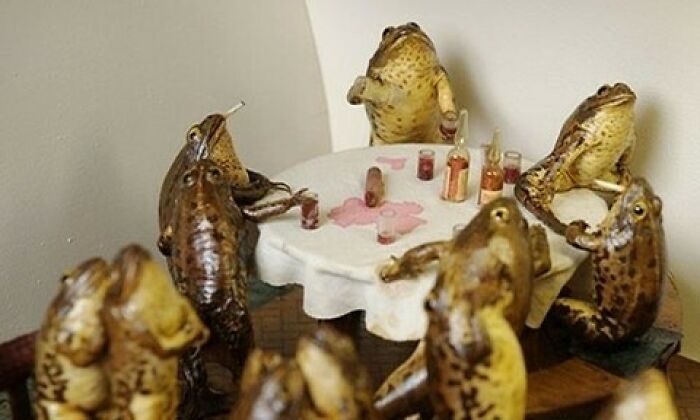
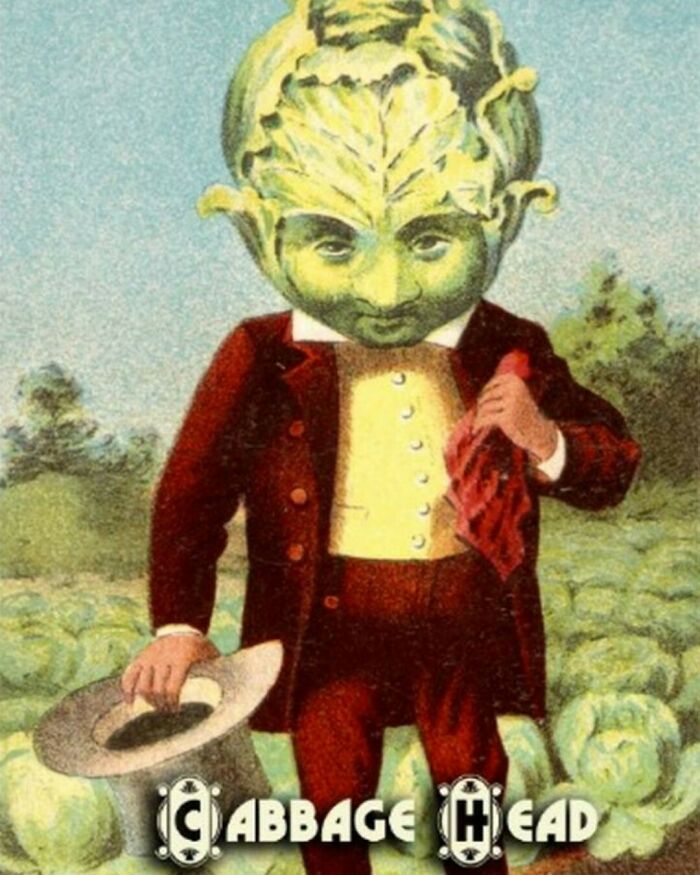
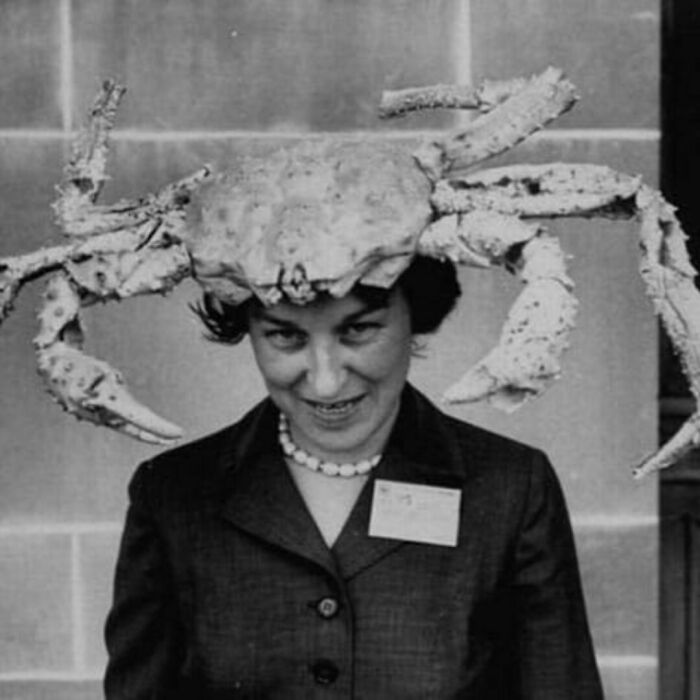
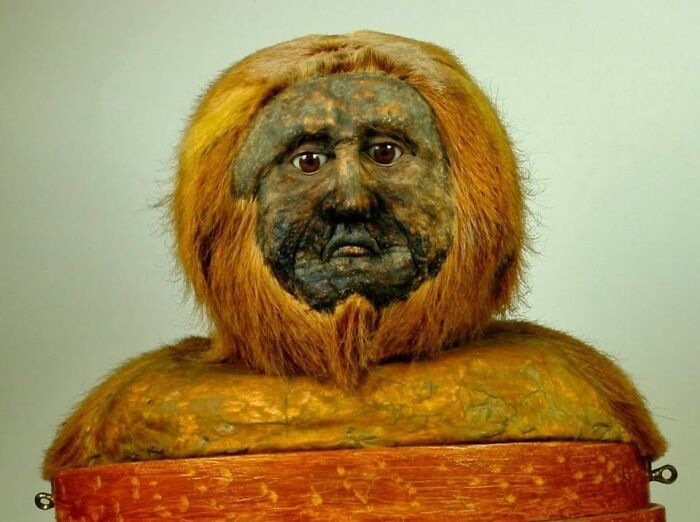


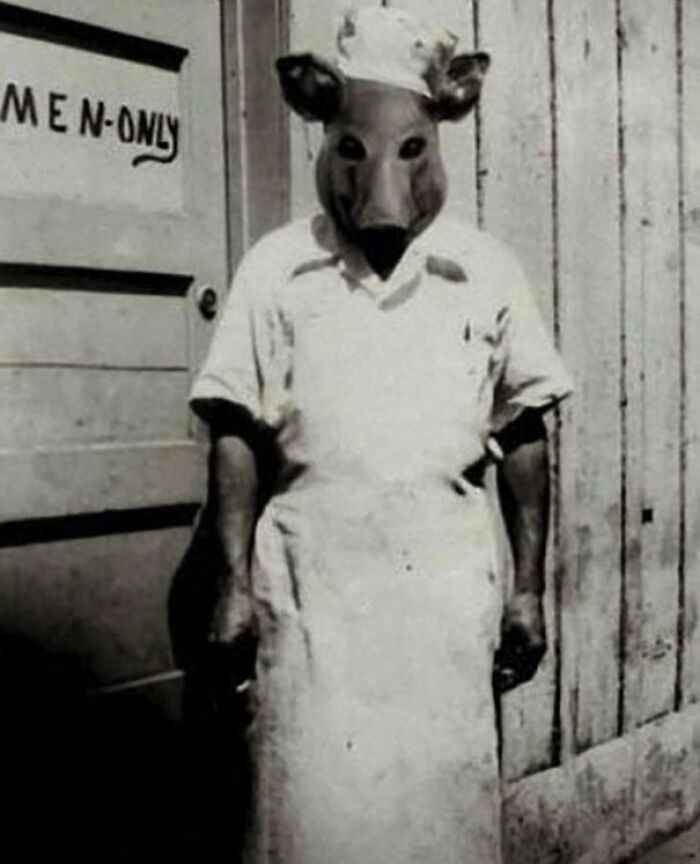
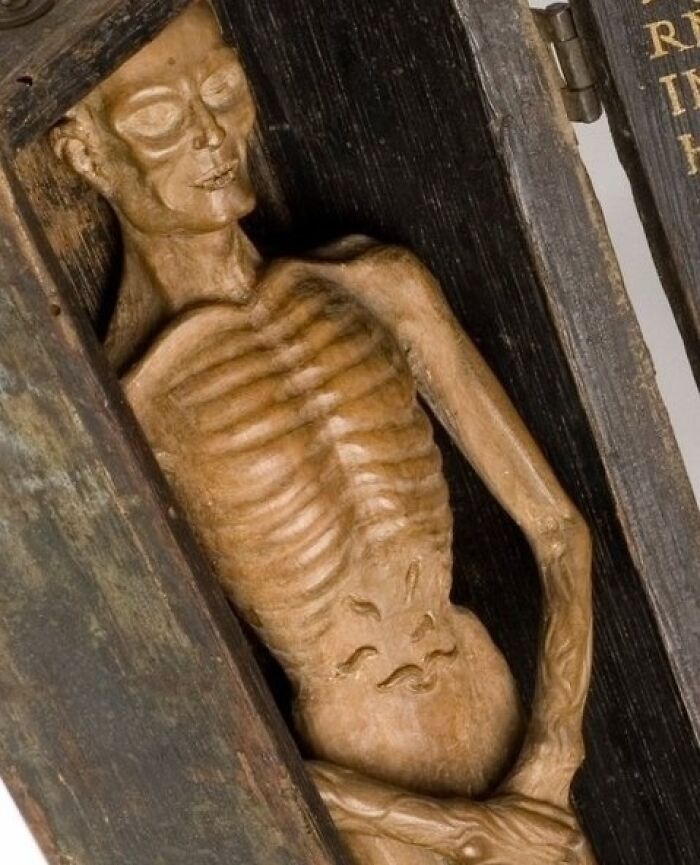
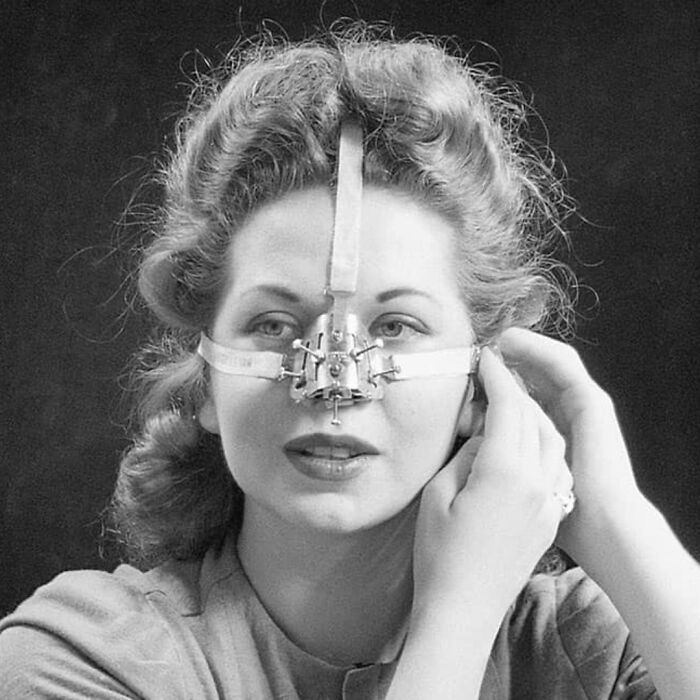
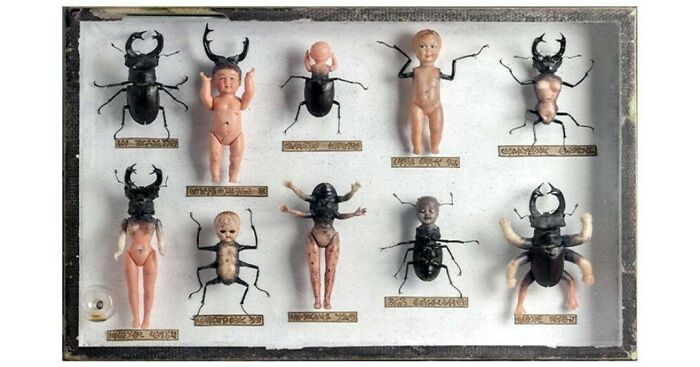
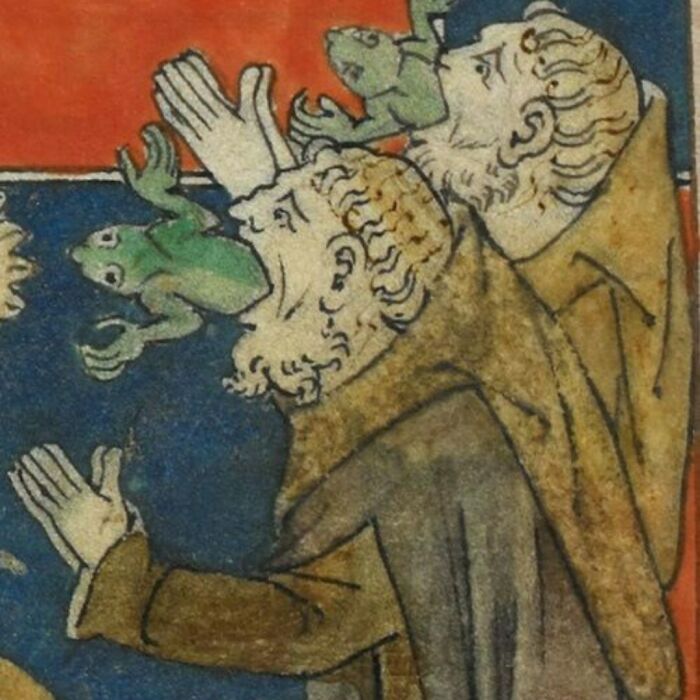
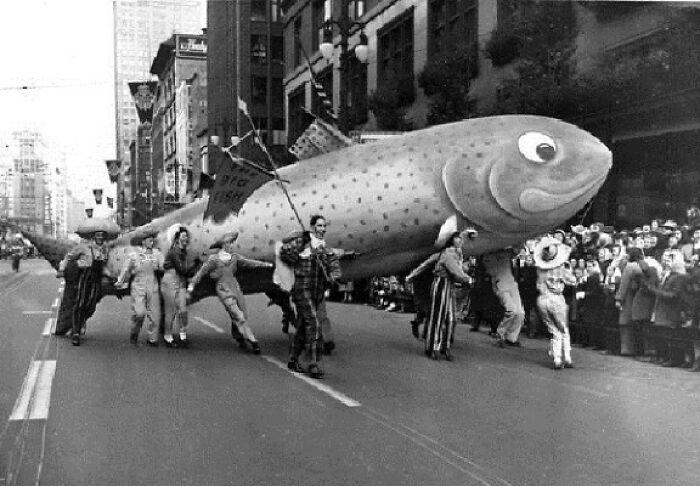
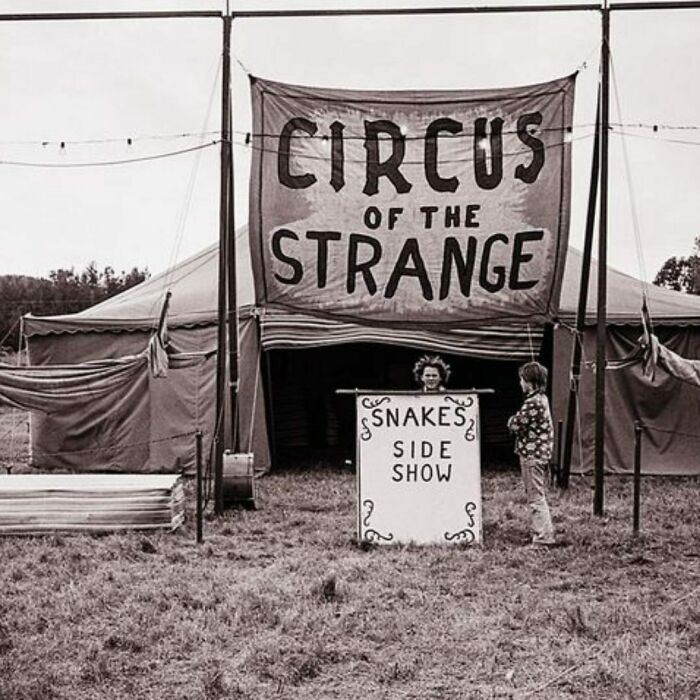
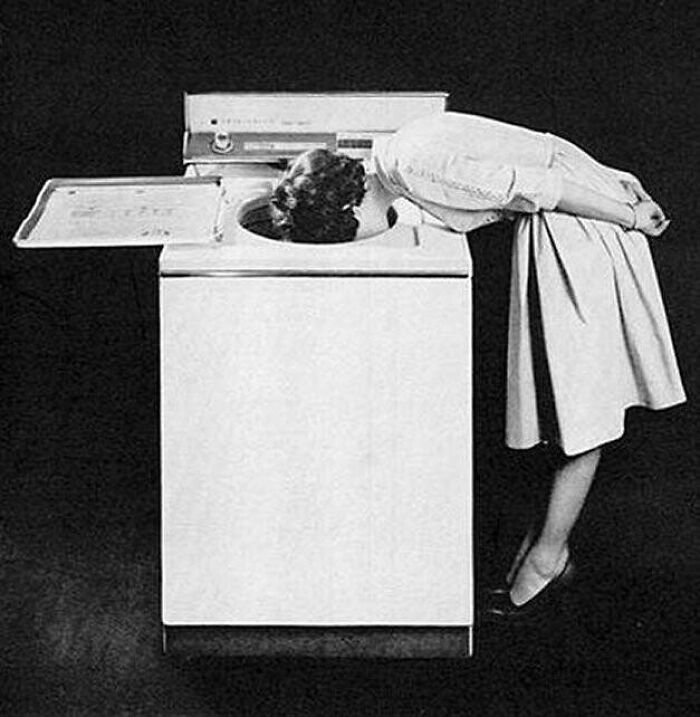
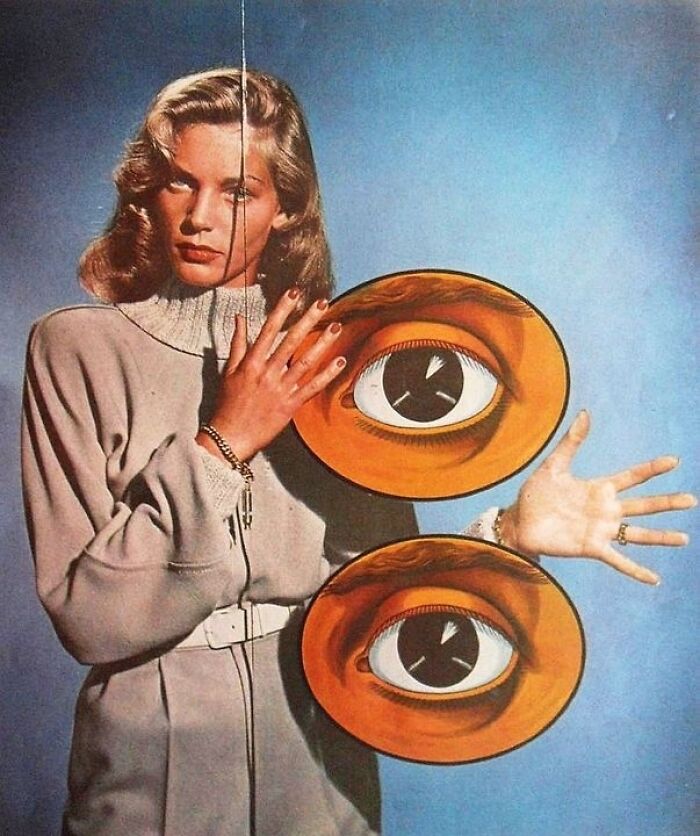
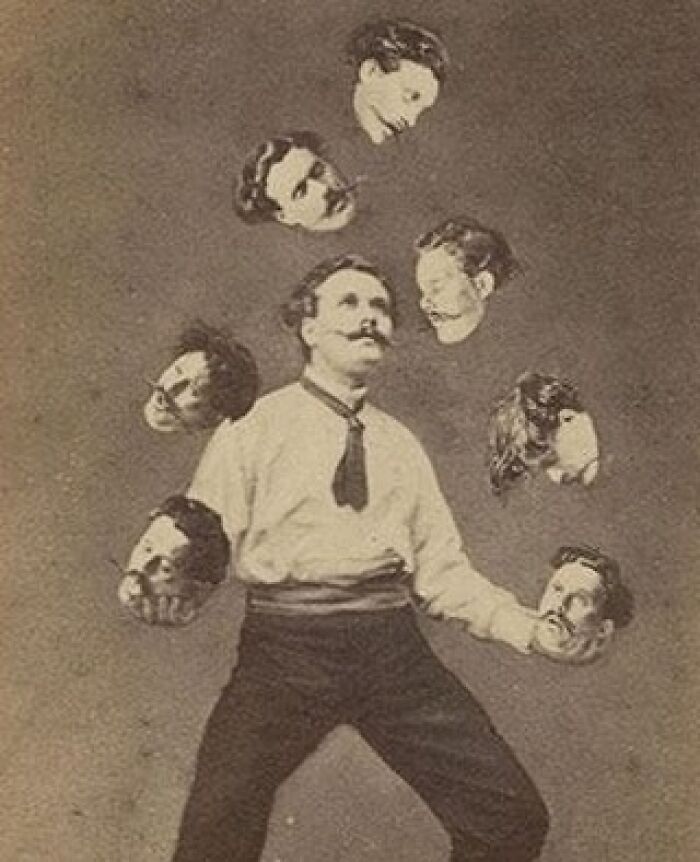
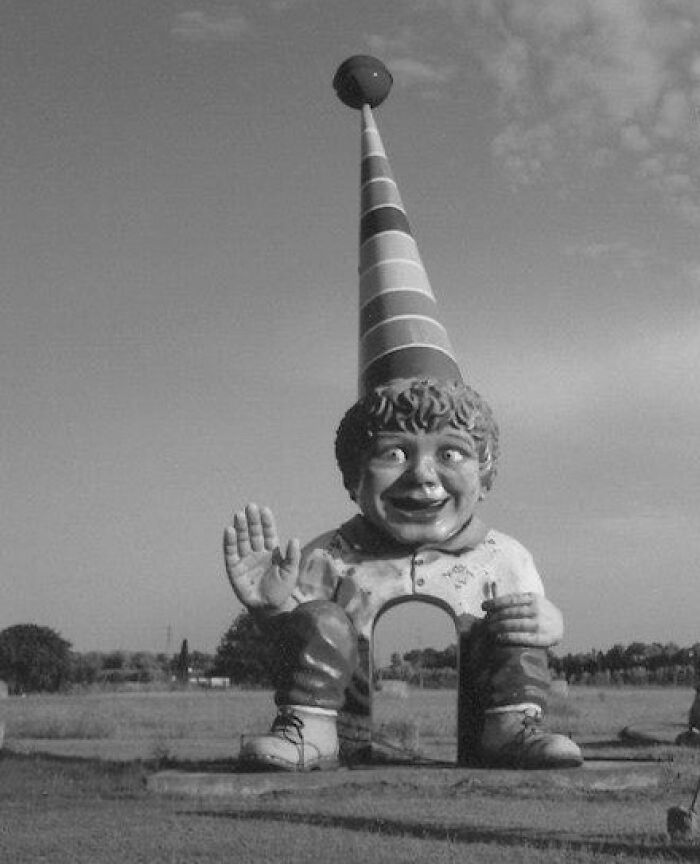
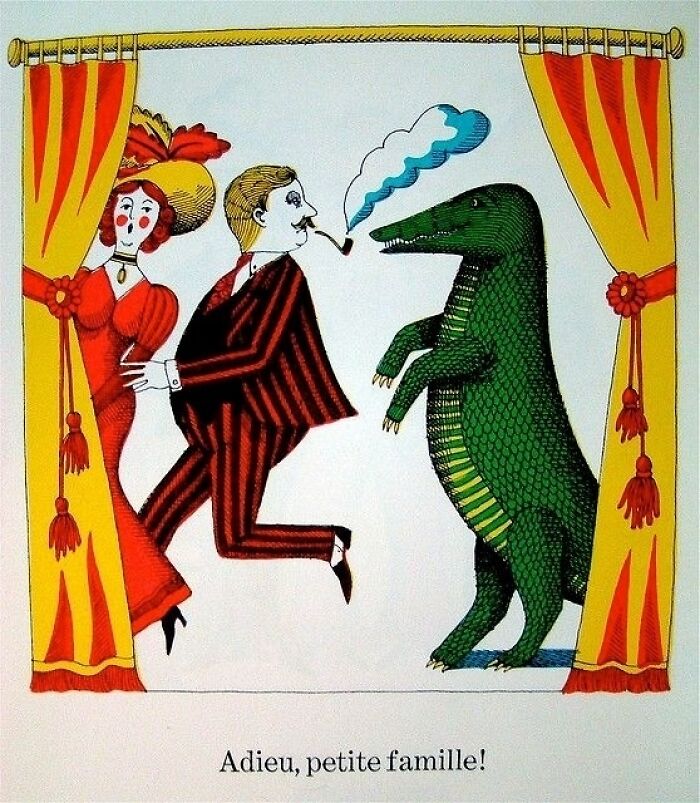
Modal closeAdd New ImageModal closeAdd Your Photo To This ListPlease use high-res photos without watermarksOoops! Your image is too large, maximum file size is 8 MB.Not your original work?Add sourcePublish
Modal close
Add New ImageModal closeAdd Your Photo To This ListPlease use high-res photos without watermarksOoops! Your image is too large, maximum file size is 8 MB.Not your original work?Add sourcePublish
Modal closeAdd Your Photo To This ListPlease use high-res photos without watermarksOoops! Your image is too large, maximum file size is 8 MB.Not your original work?Add sourcePublish
Add Your Photo To This ListPlease use high-res photos without watermarksOoops! Your image is too large, maximum file size is 8 MB.
Add Your Photo To This List
Please use high-res photos without watermarks
Ooops! Your image is too large, maximum file size is 8 MB.
Not your original work?Add source
Modal closeModal closeOoops! Your image is too large, maximum file size is 8 MB.UploadUploadError occurred when generating embed. Please check link and try again.TwitterRender conversationUse html versionGenerate not embedded versionAdd watermarkInstagramShow Image OnlyHide CaptionCropAdd watermarkFacebookShow Image OnlyAdd watermarkChangeSourceTitleUpdateAdd Image
Modal closeOoops! Your image is too large, maximum file size is 8 MB.UploadUploadError occurred when generating embed. Please check link and try again.TwitterRender conversationUse html versionGenerate not embedded versionAdd watermarkInstagramShow Image OnlyHide CaptionCropAdd watermarkFacebookShow Image OnlyAdd watermarkChangeSourceTitleUpdateAdd Image
Upload
UploadError occurred when generating embed. Please check link and try again.TwitterRender conversationUse html versionGenerate not embedded versionAdd watermarkInstagramShow Image OnlyHide CaptionCropAdd watermarkFacebookShow Image OnlyAdd watermark
Error occurred when generating embed. Please check link and try again.
TwitterRender conversationUse html versionGenerate not embedded versionAdd watermark
InstagramShow Image OnlyHide CaptionCropAdd watermark
FacebookShow Image OnlyAdd watermark
ChangeSourceTitle
You May LikeThese 50 Mildly Interesting Pics Are Actually Pretty Intriguing (New Pics)Greta Jaruševičiūtė30 Of The Sweetest Then-And-Now Photos That Prove Some Bonds Only Grow Stronger With Time (New Pics)Evelina Šiukšterytė“Nature Is Freaking Lit”: 50 Pics To Prove That Nature Never Ceases To Amaze (New Pics)Greta Jaruševičiūtė
Greta Jaruševičiūtė
Evelina Šiukšterytė
Curiosities